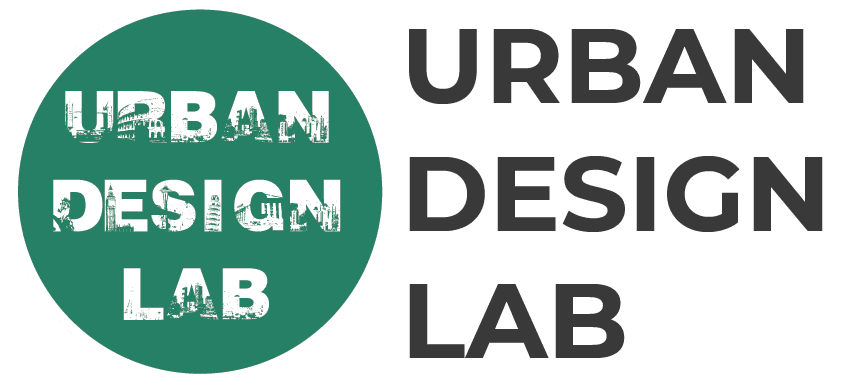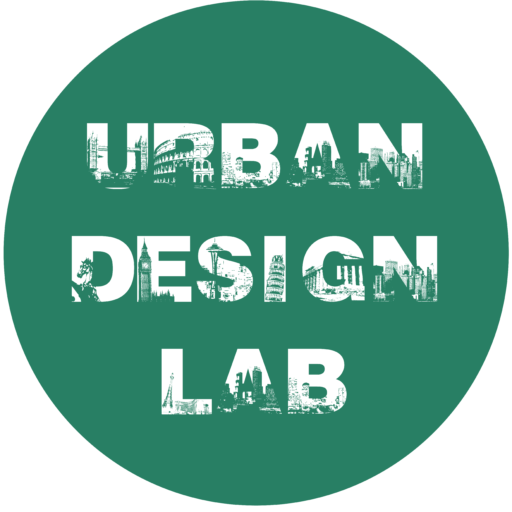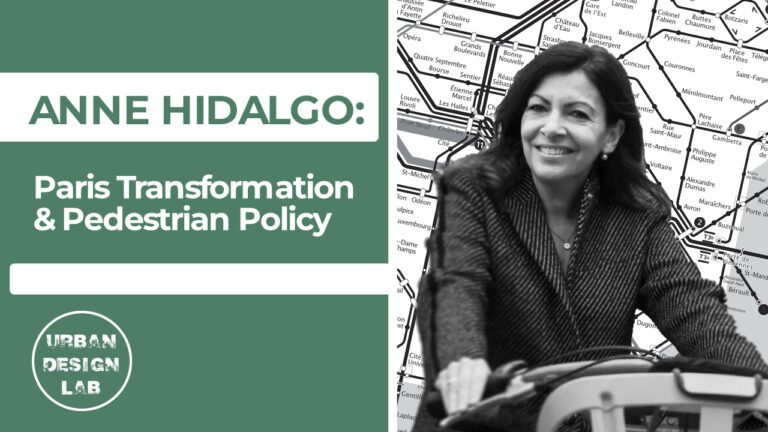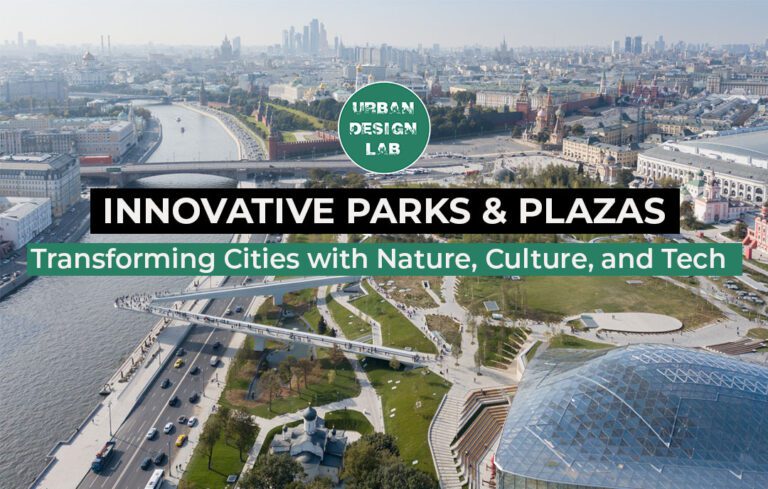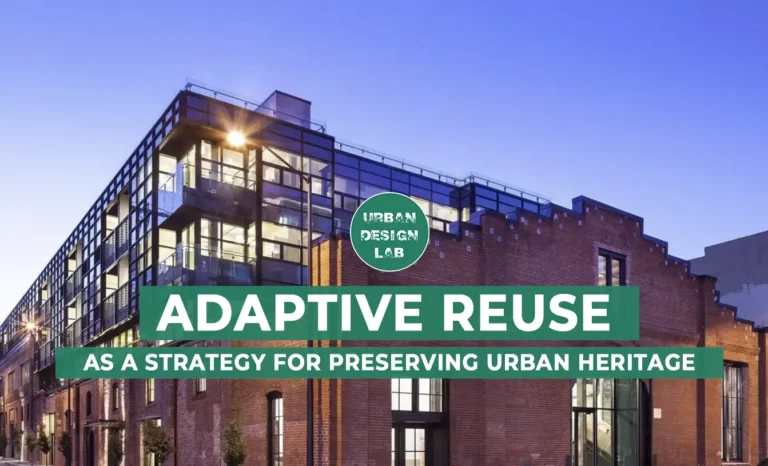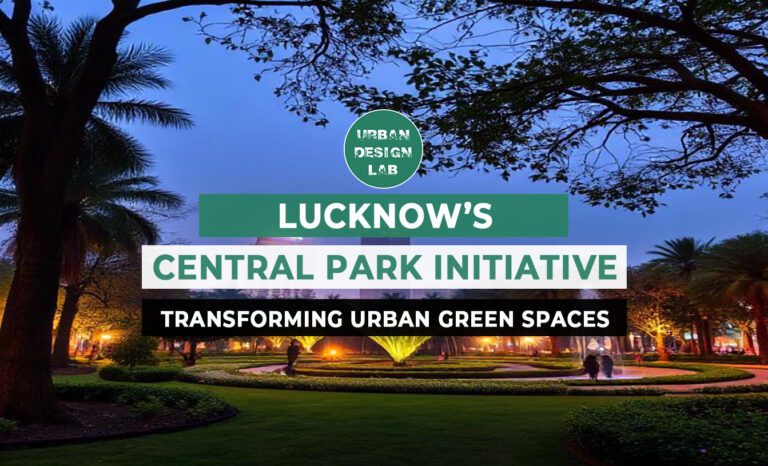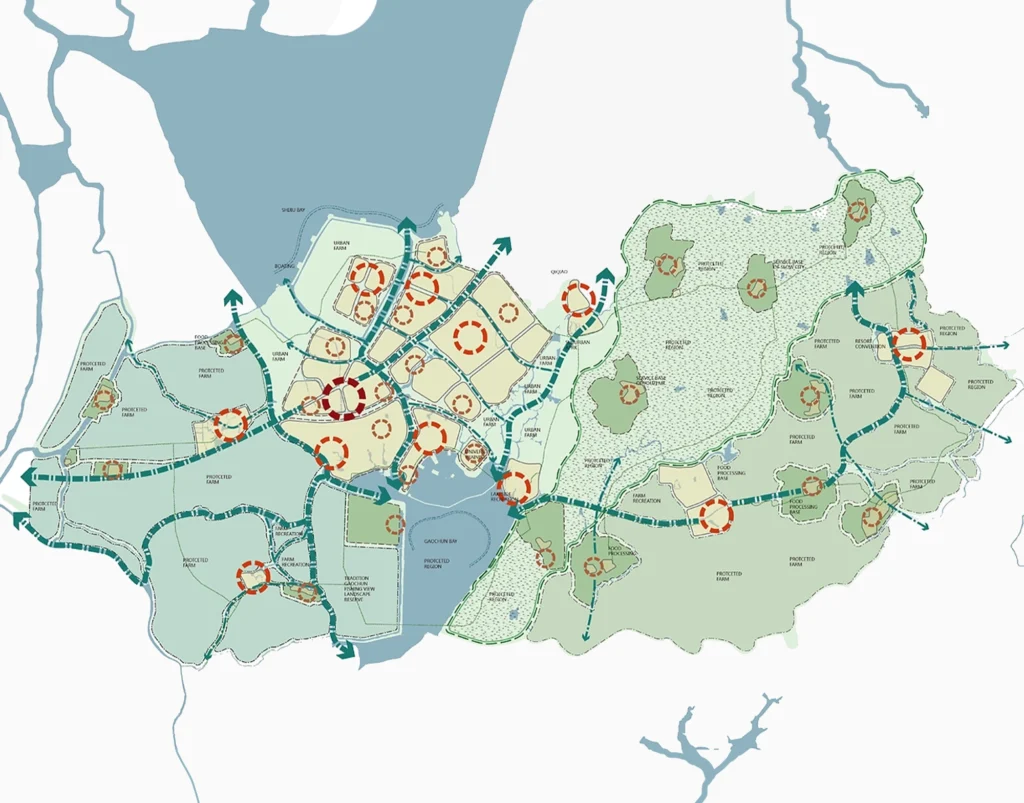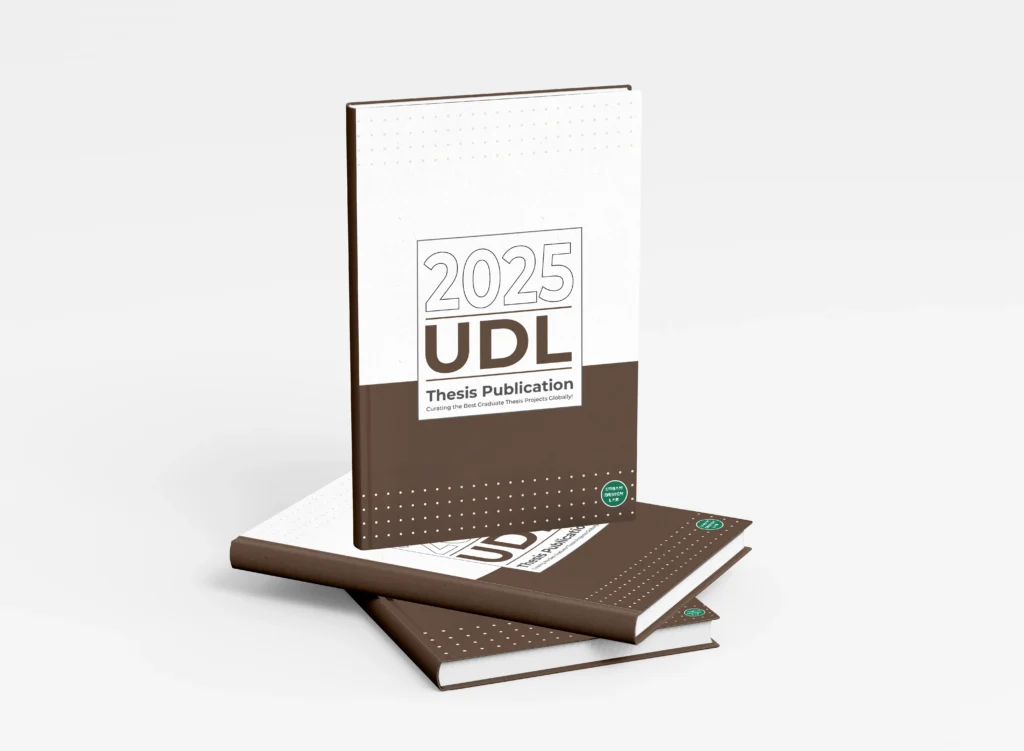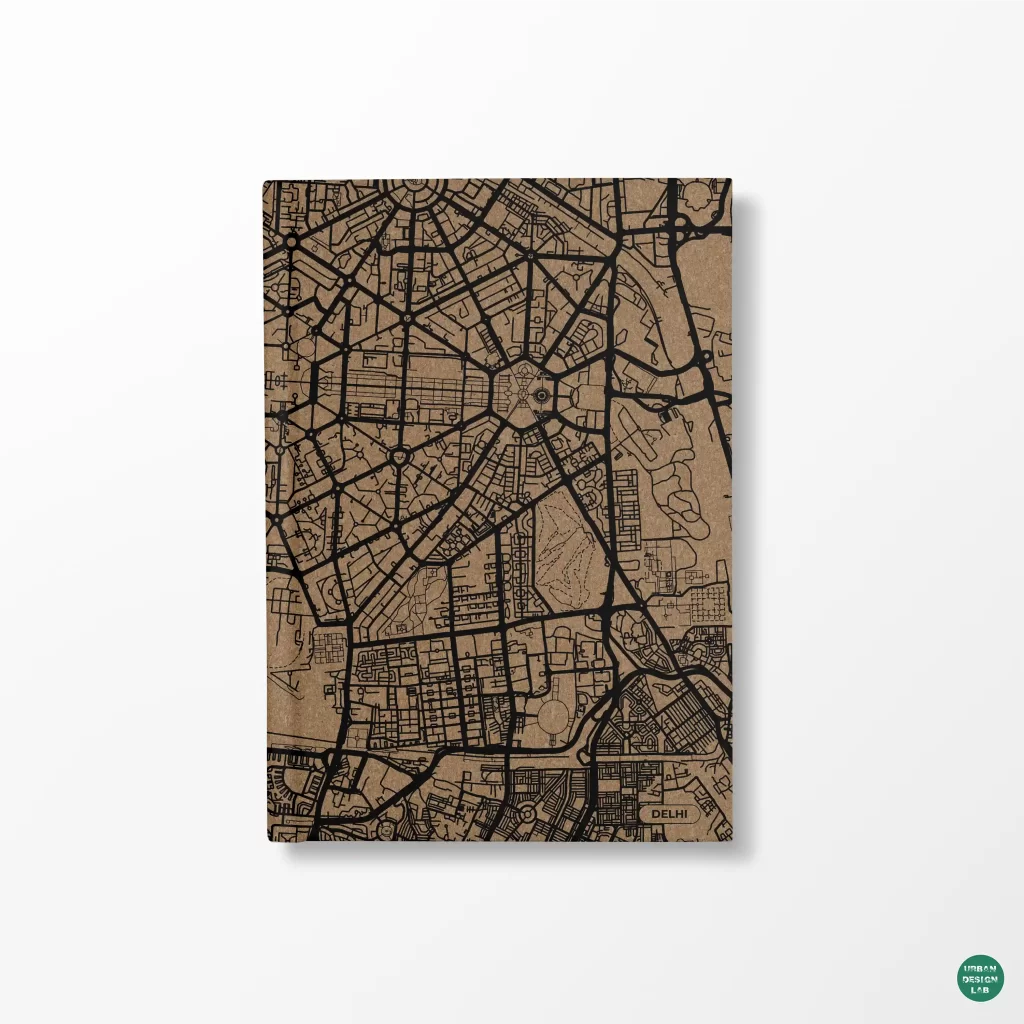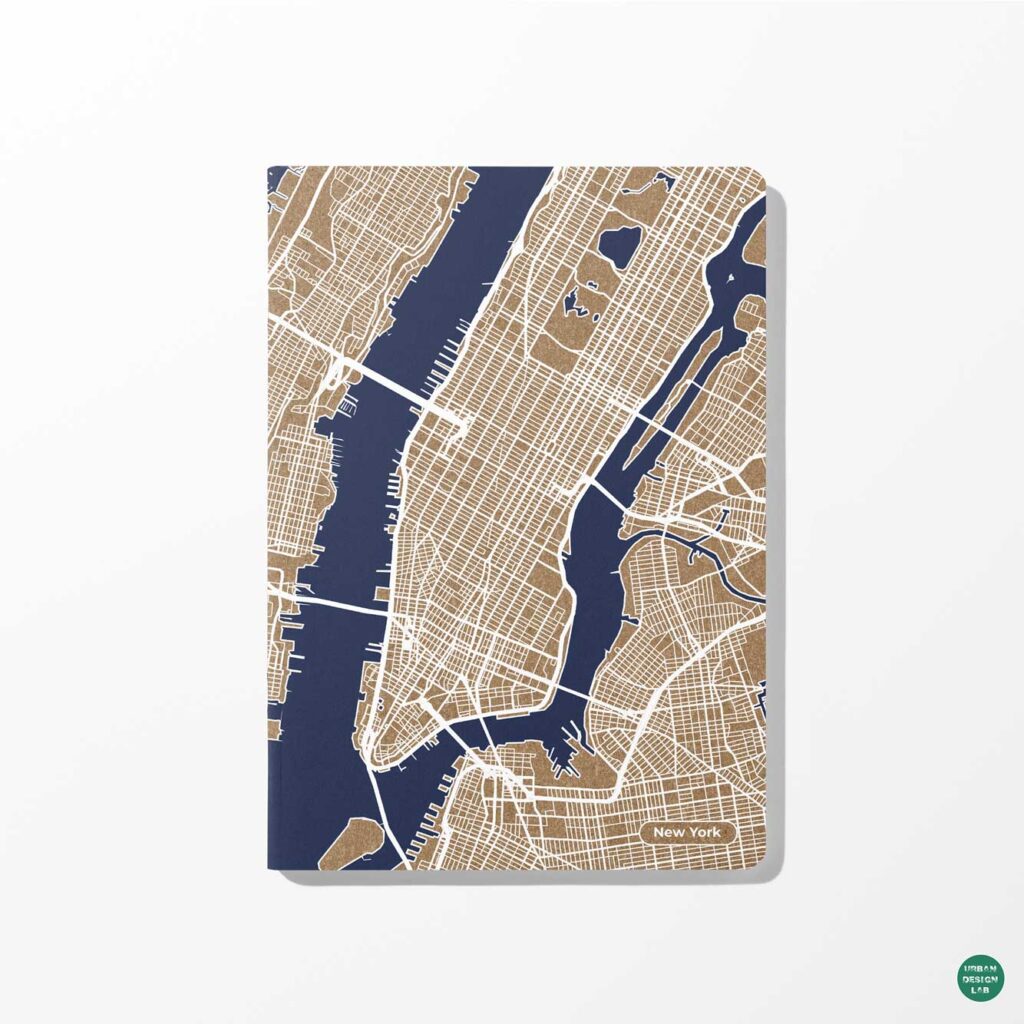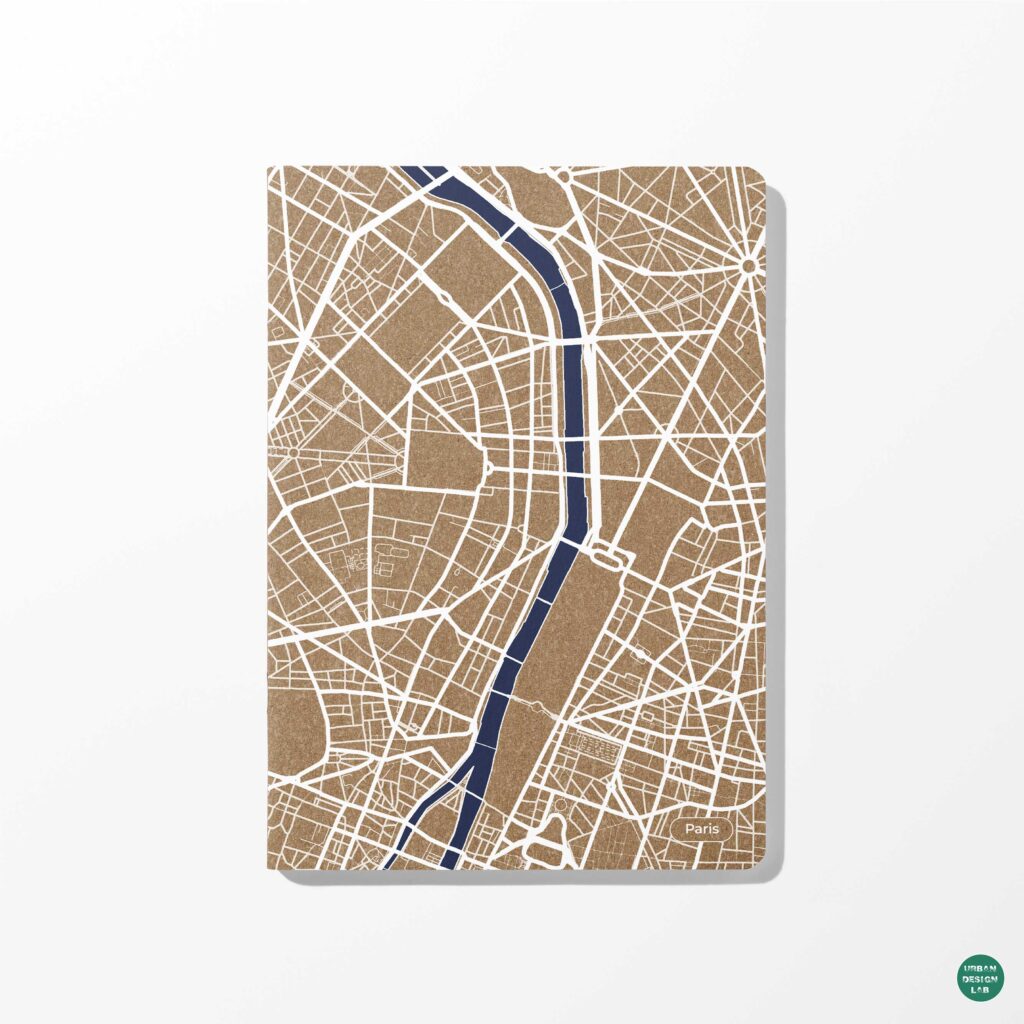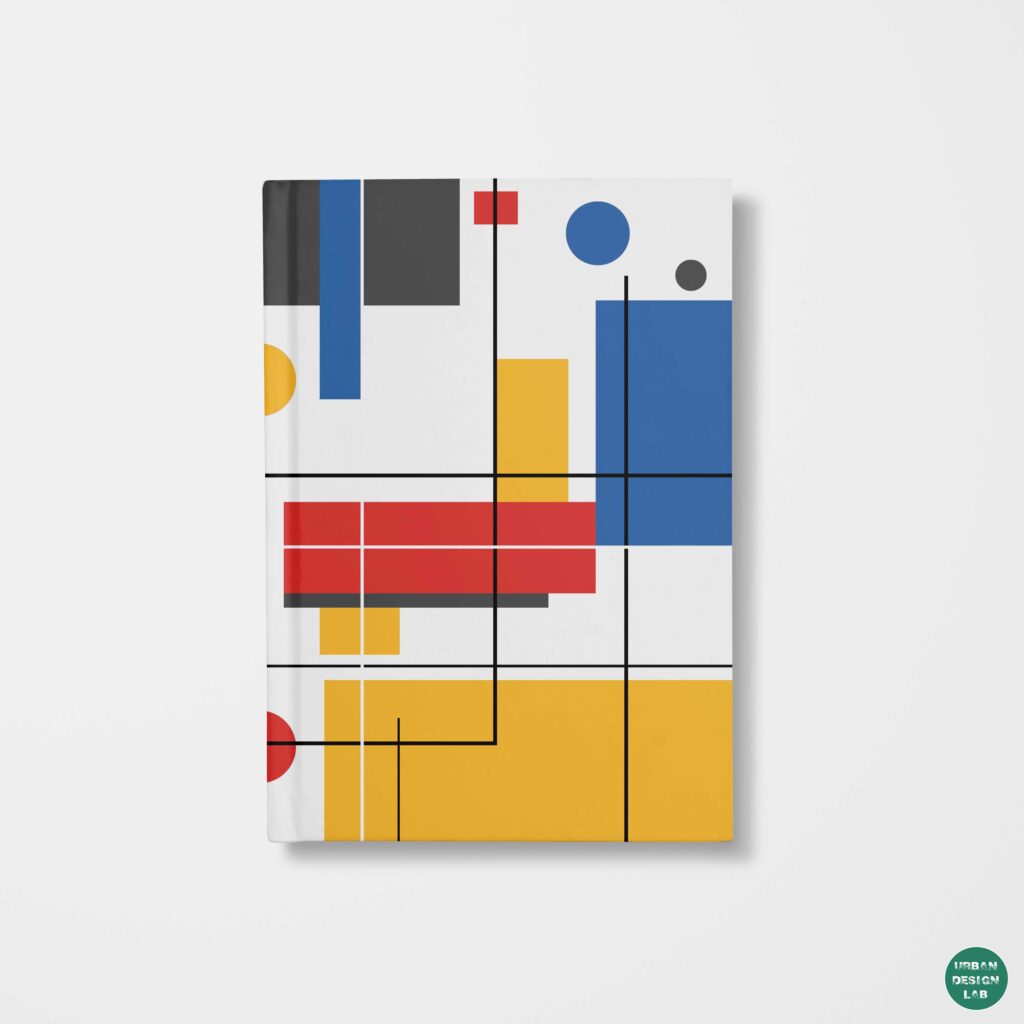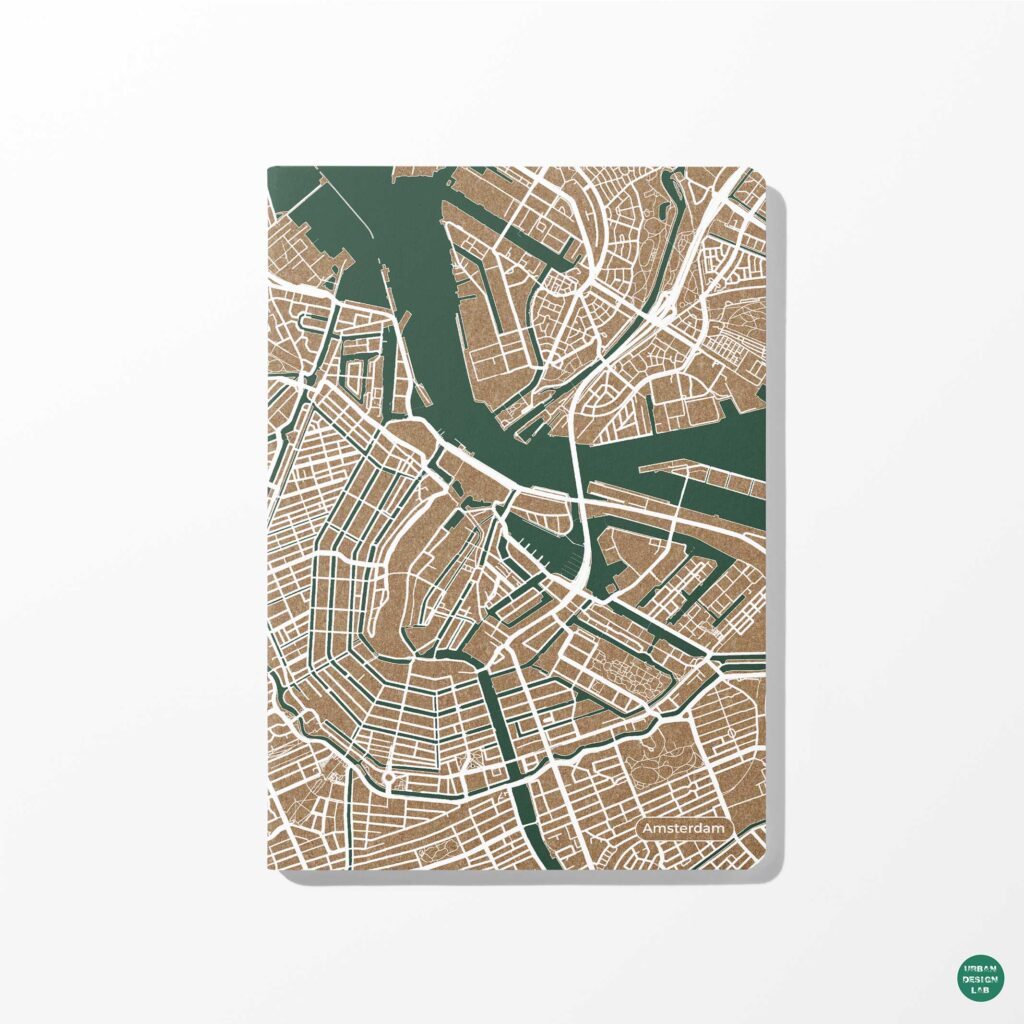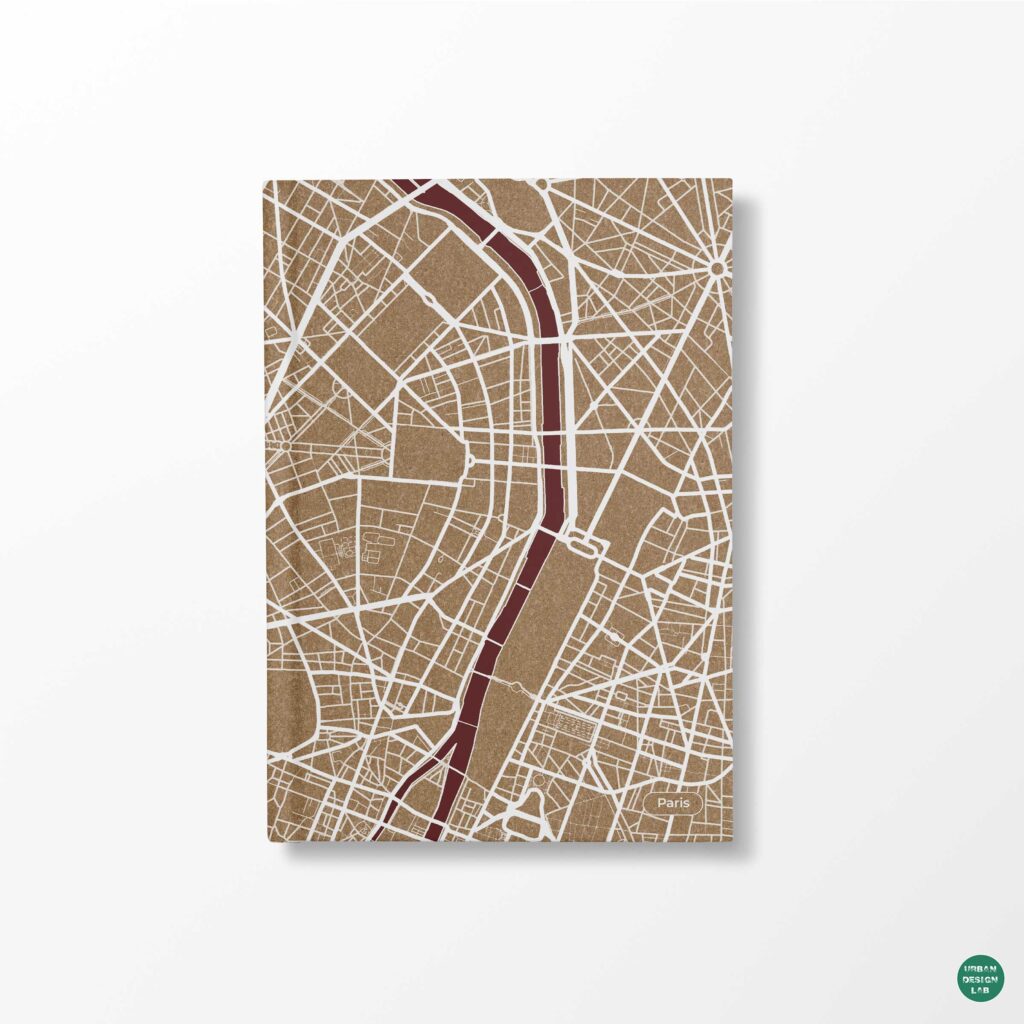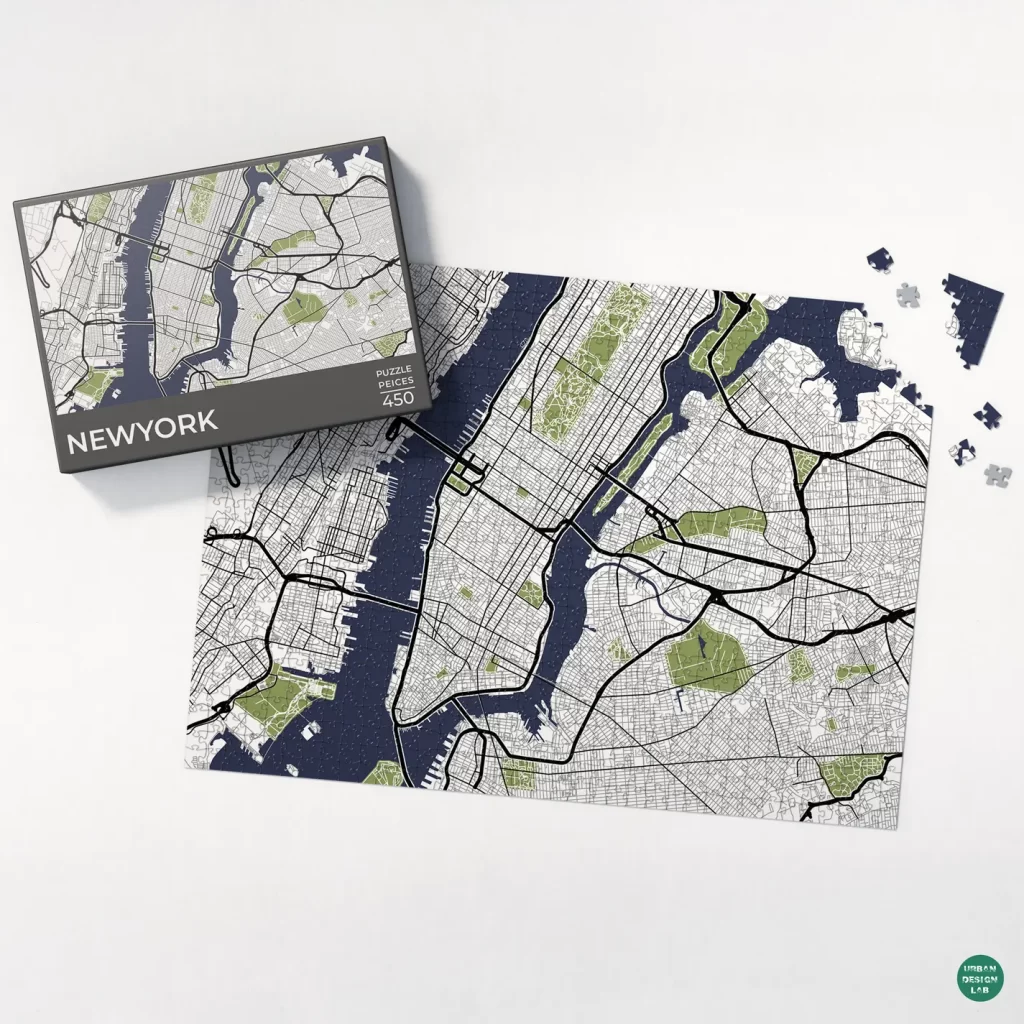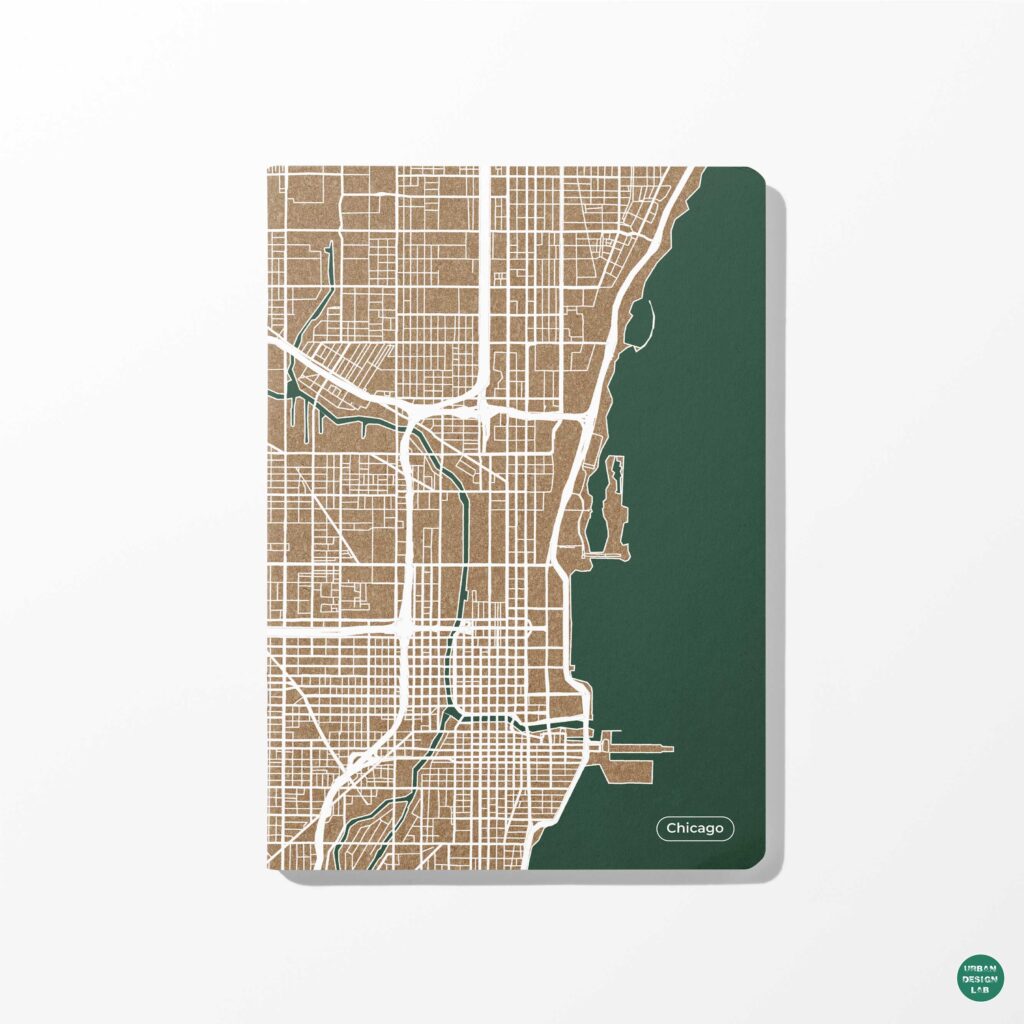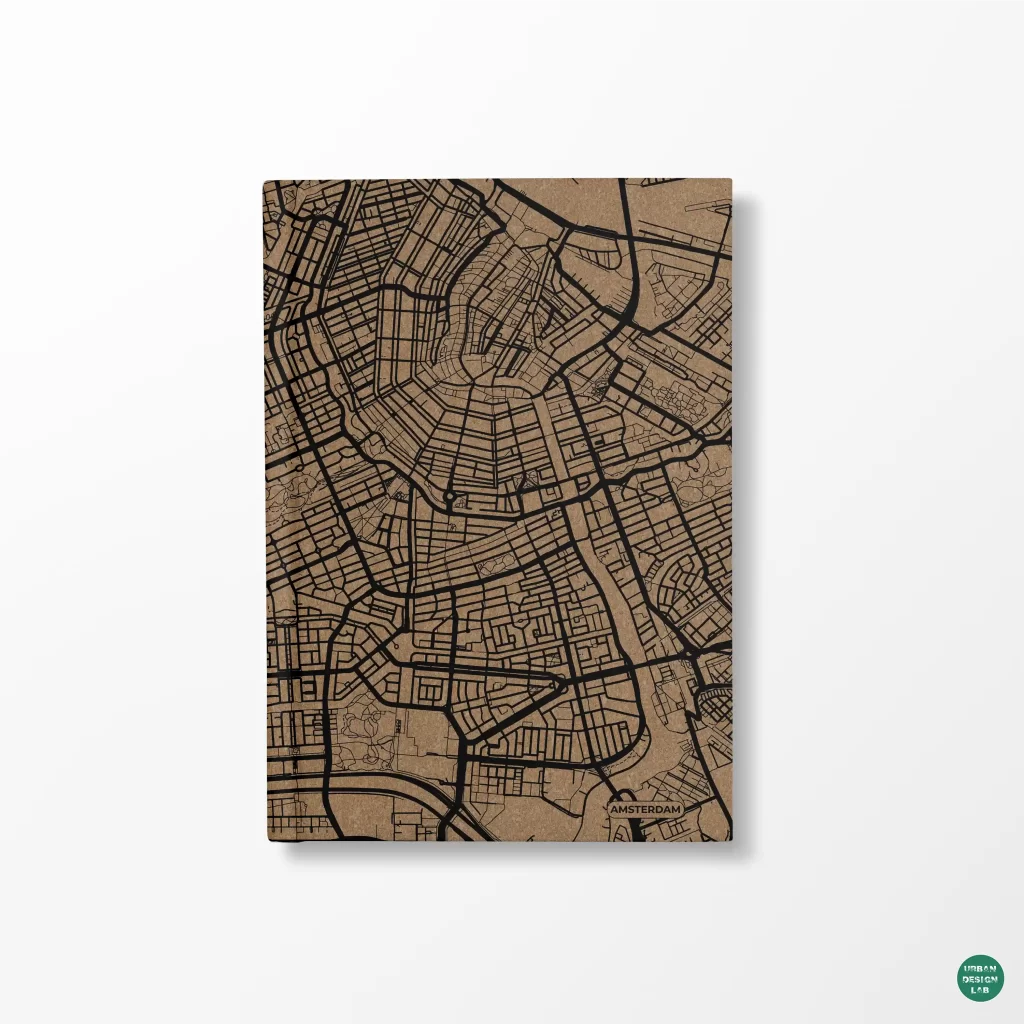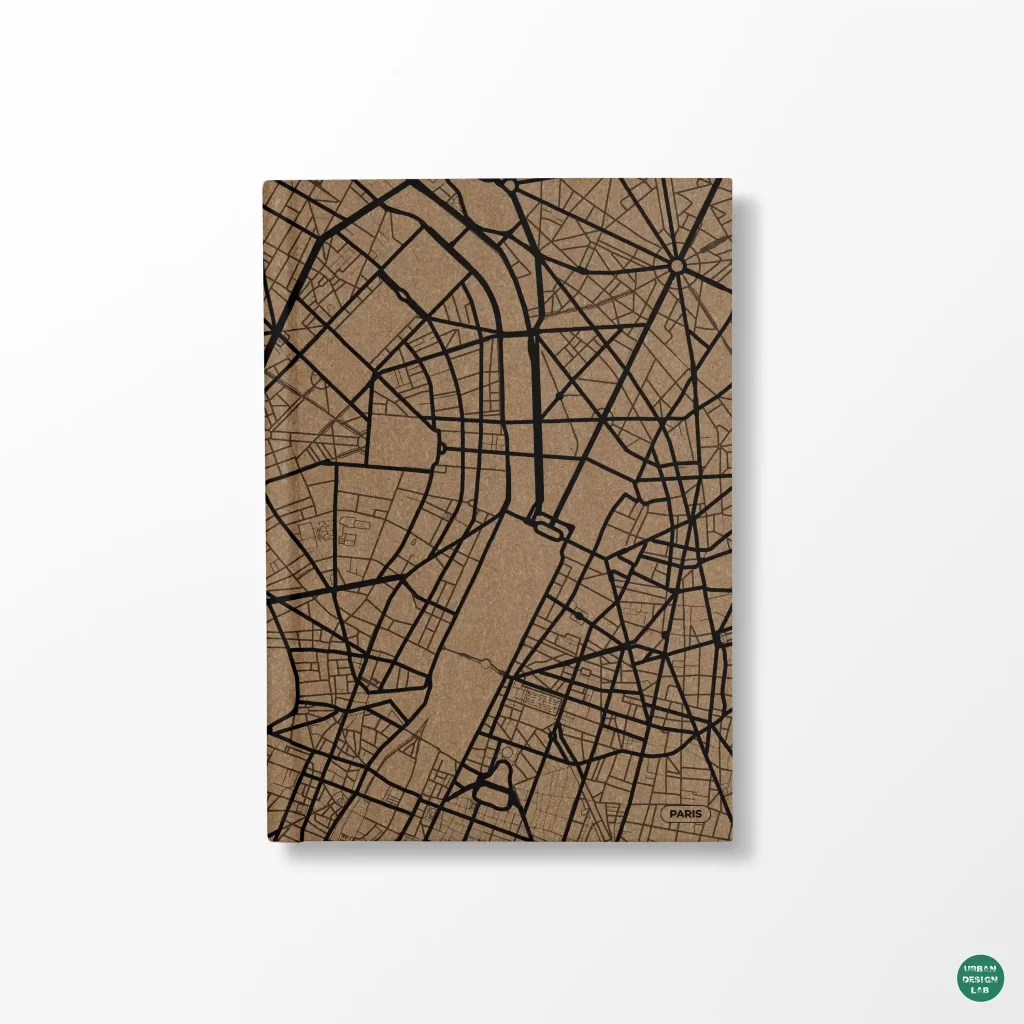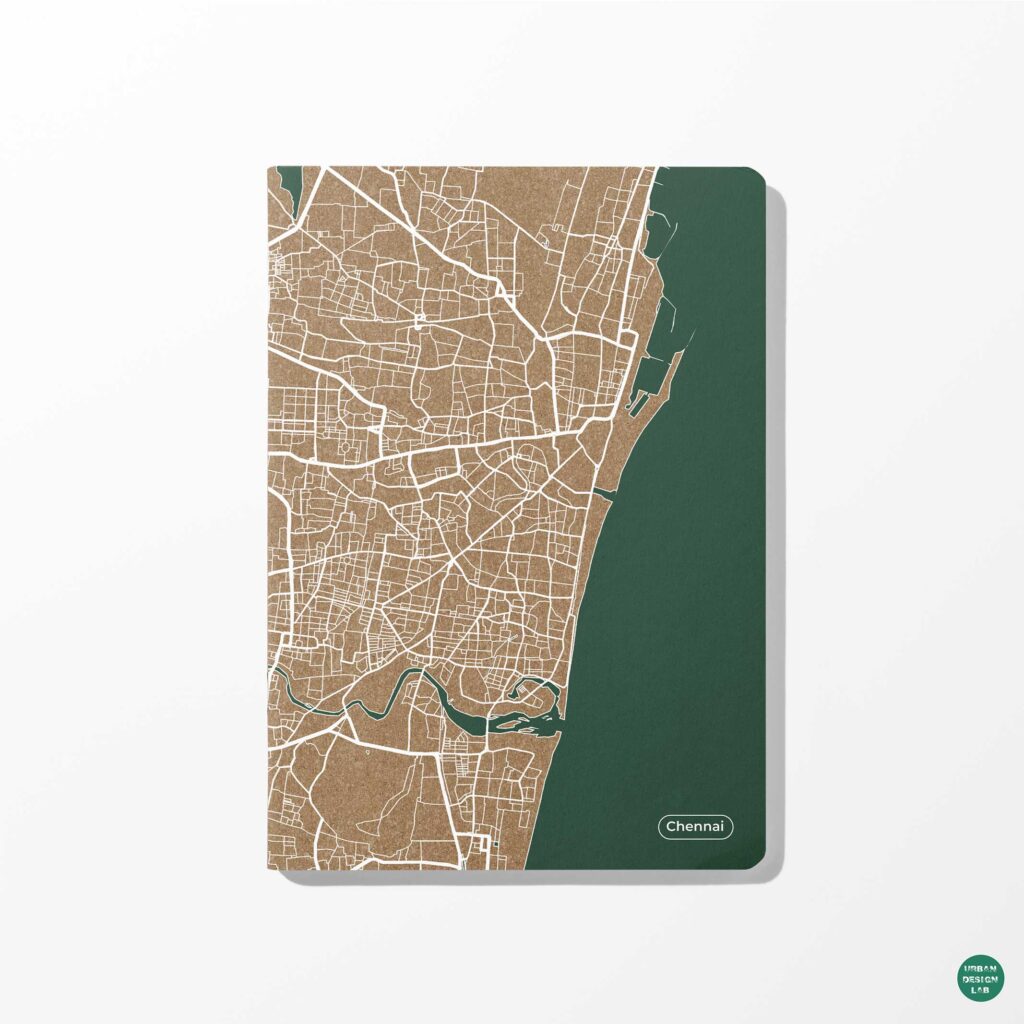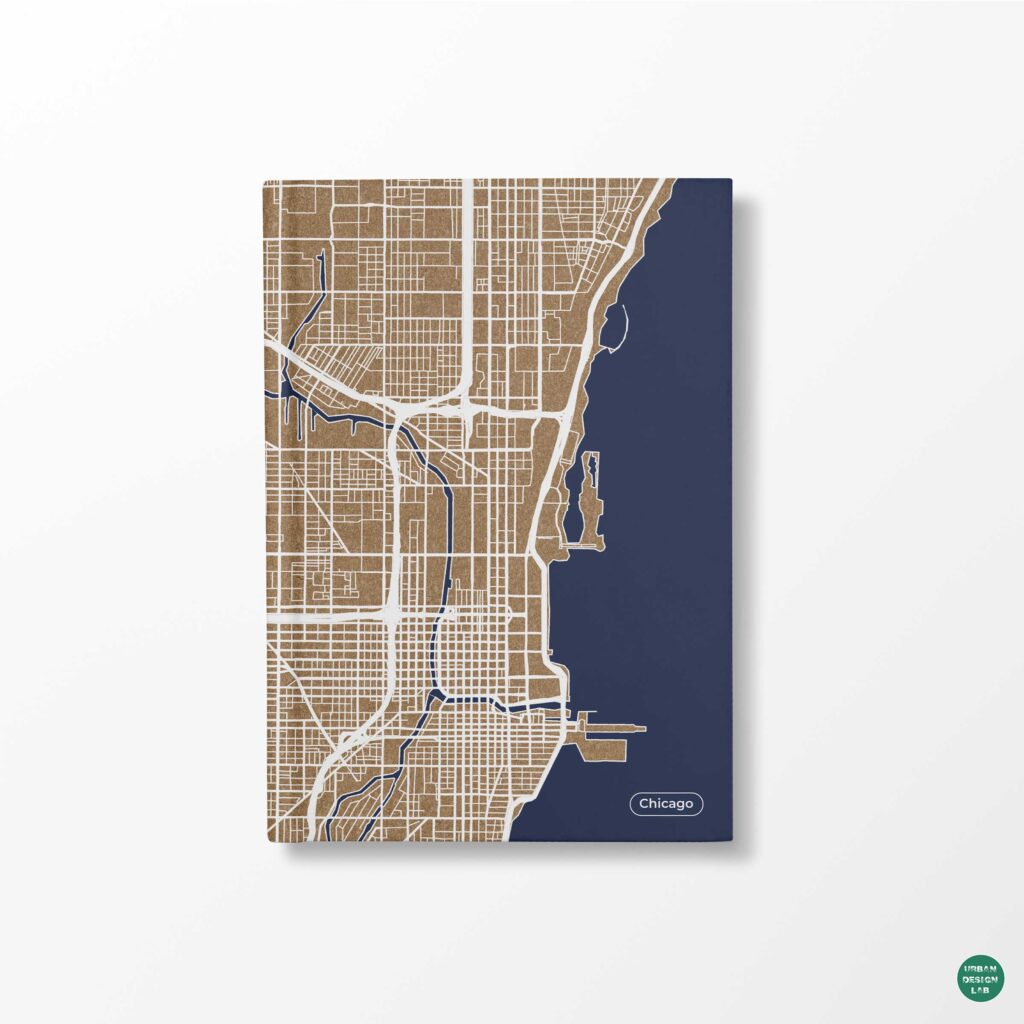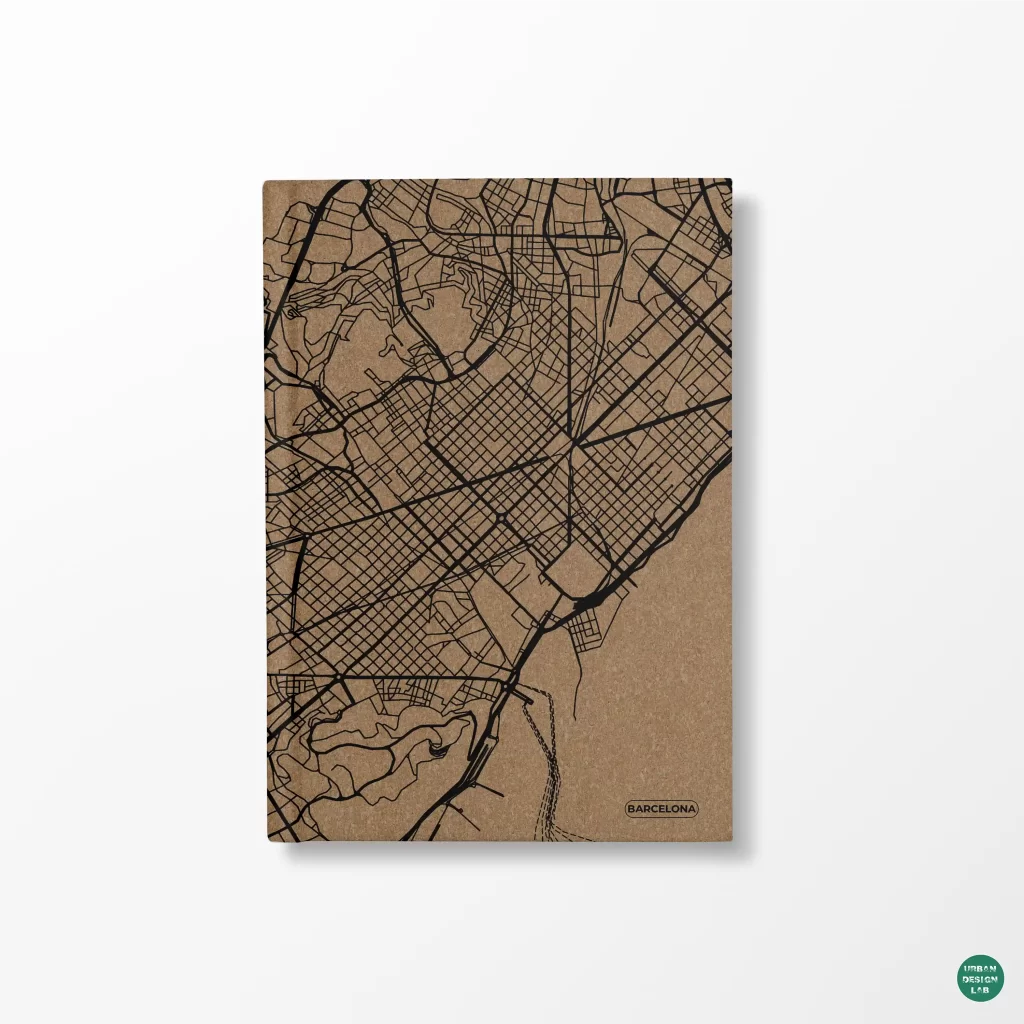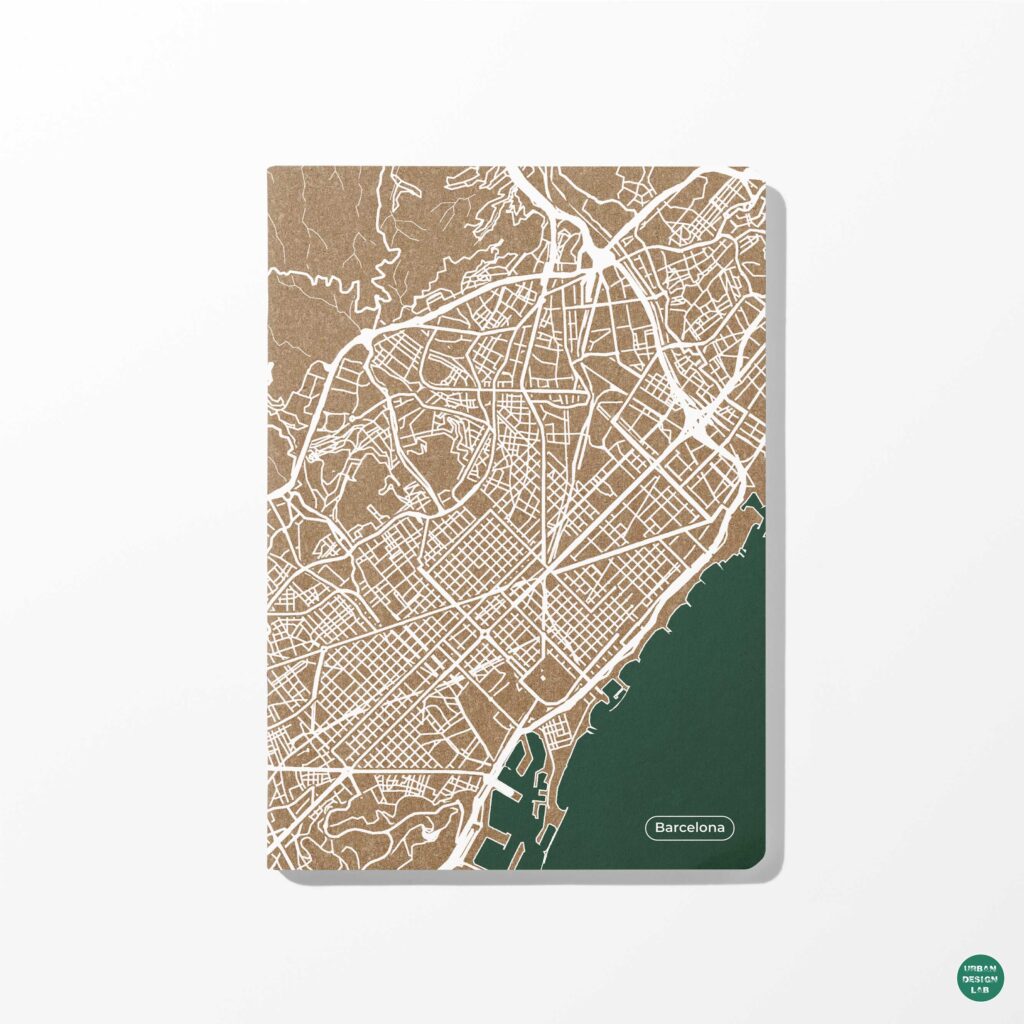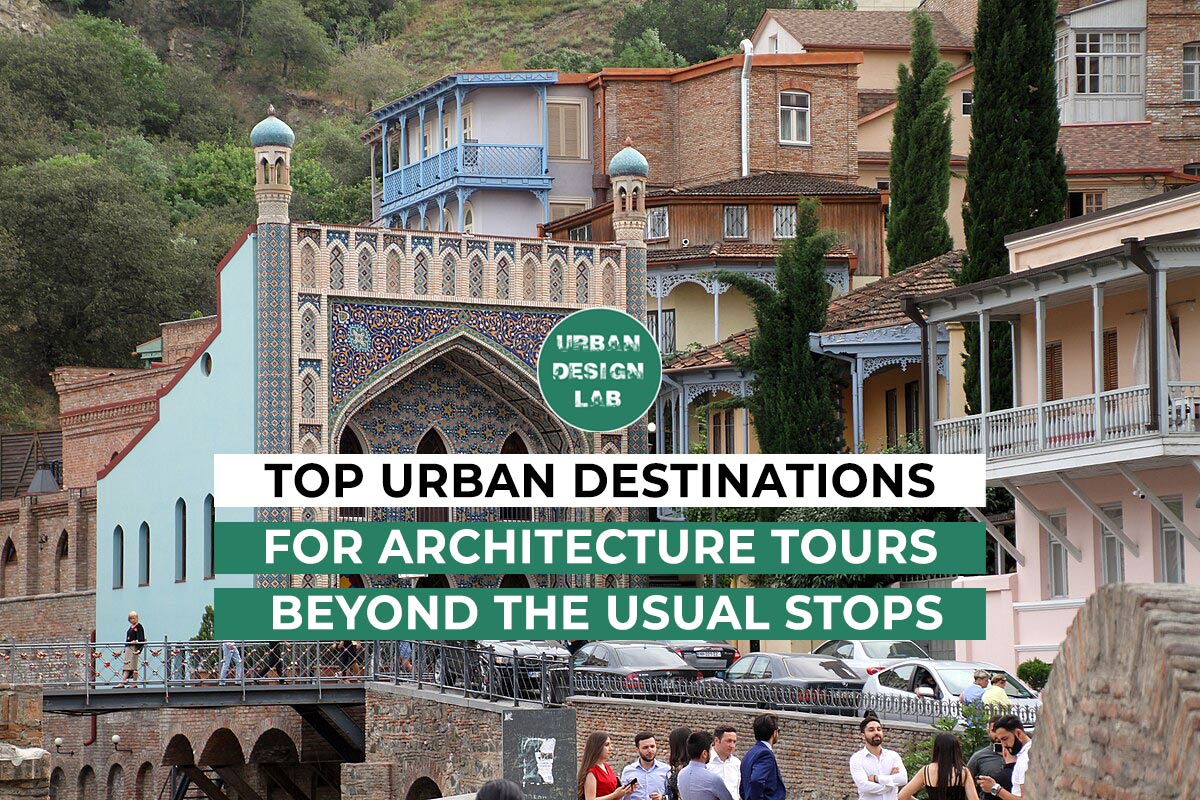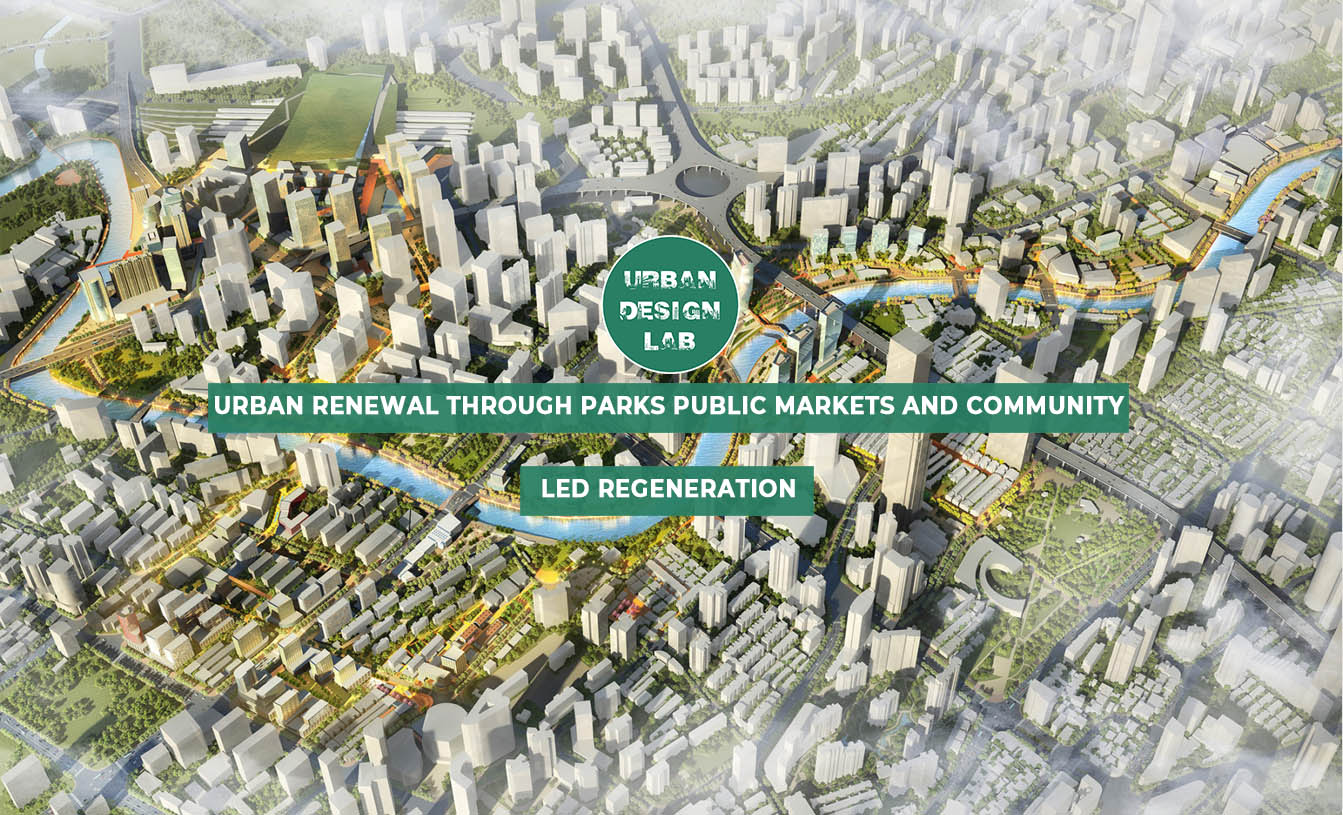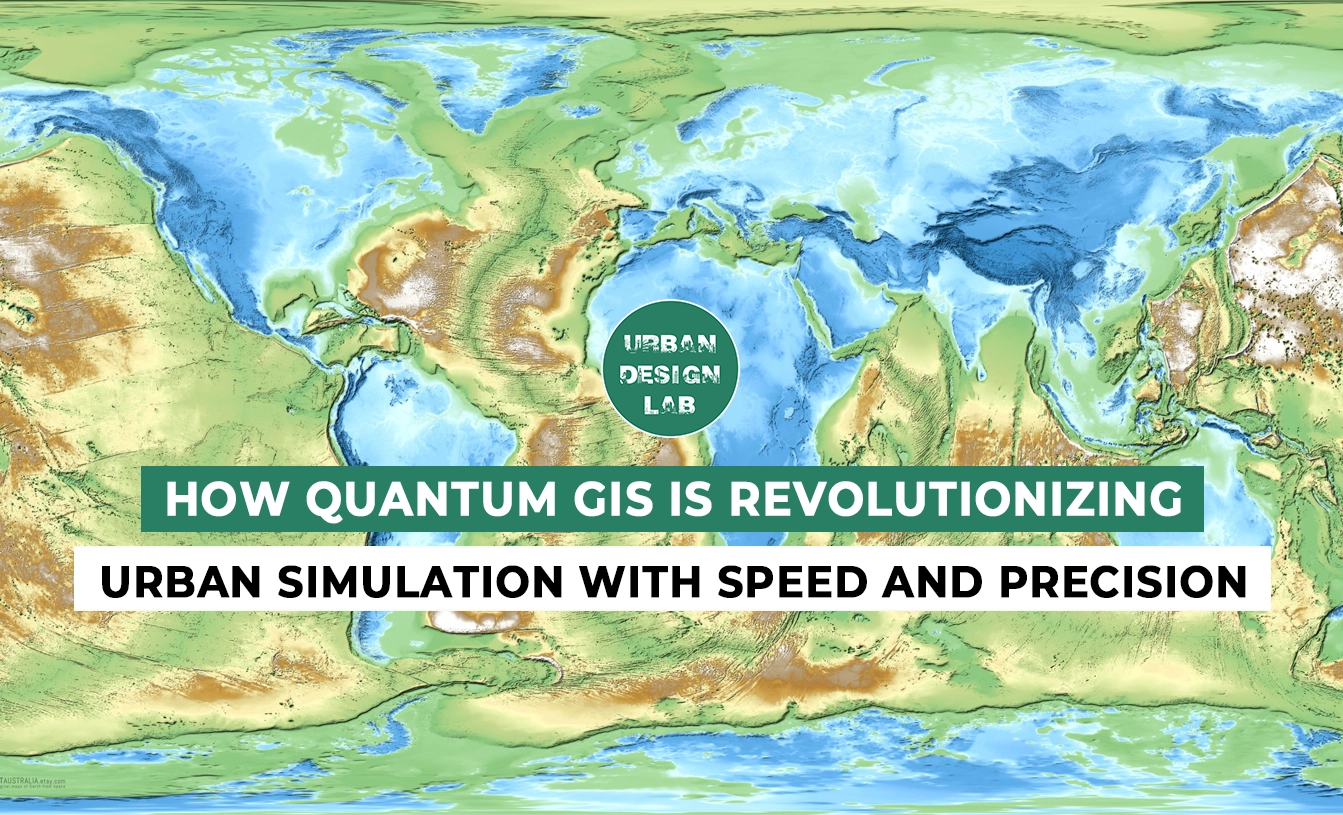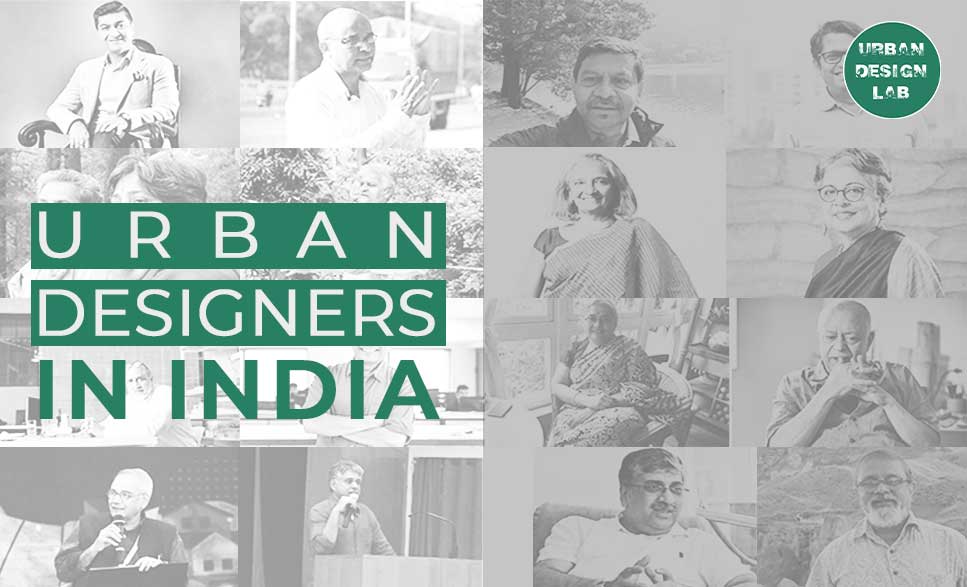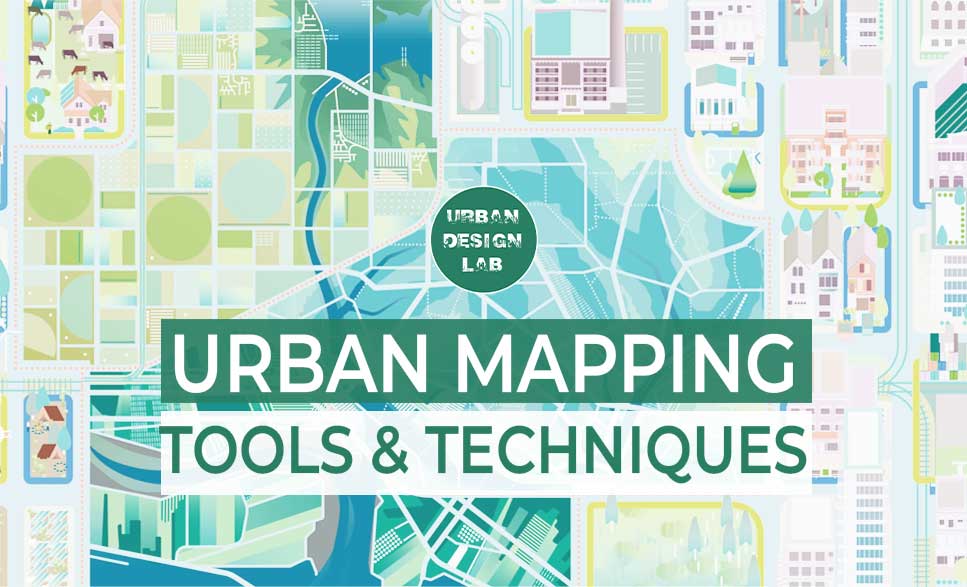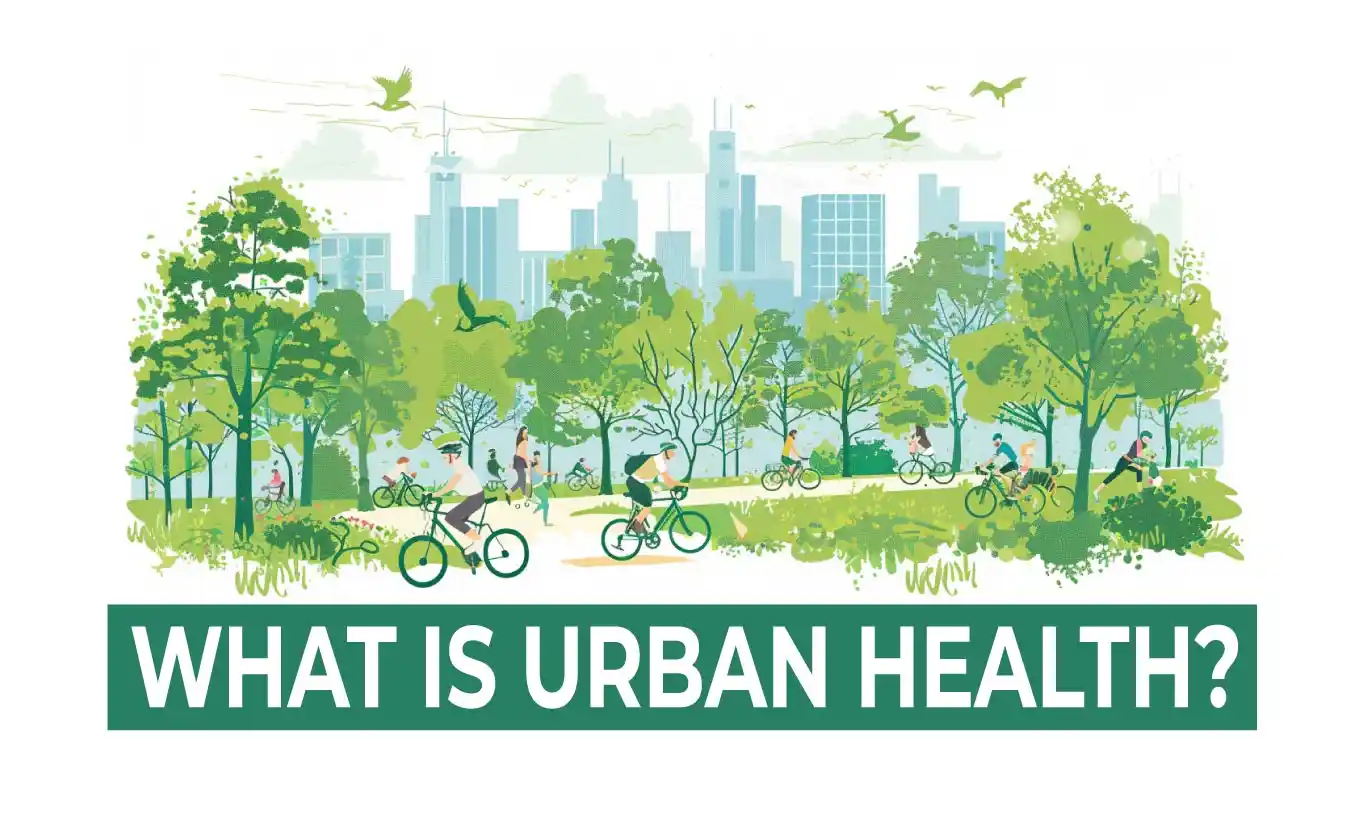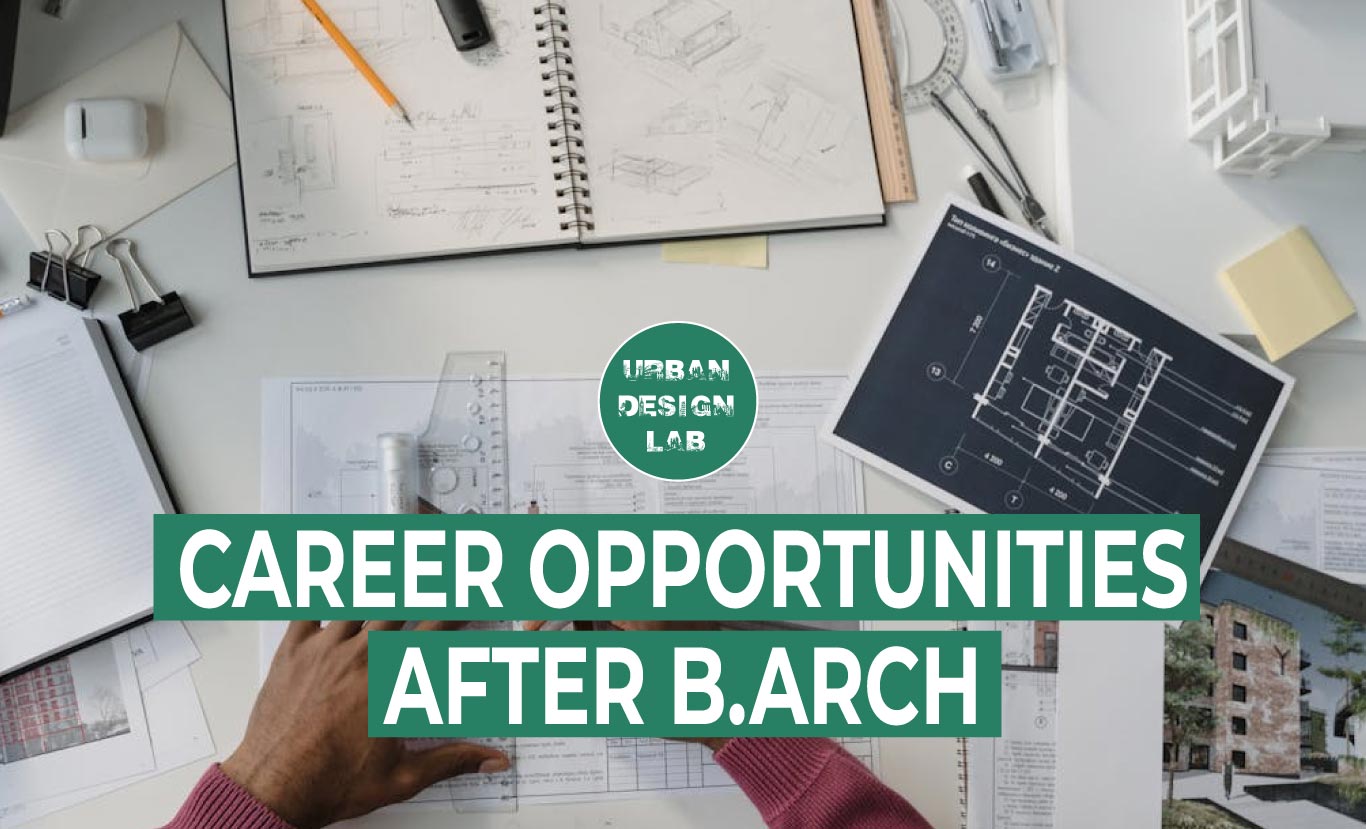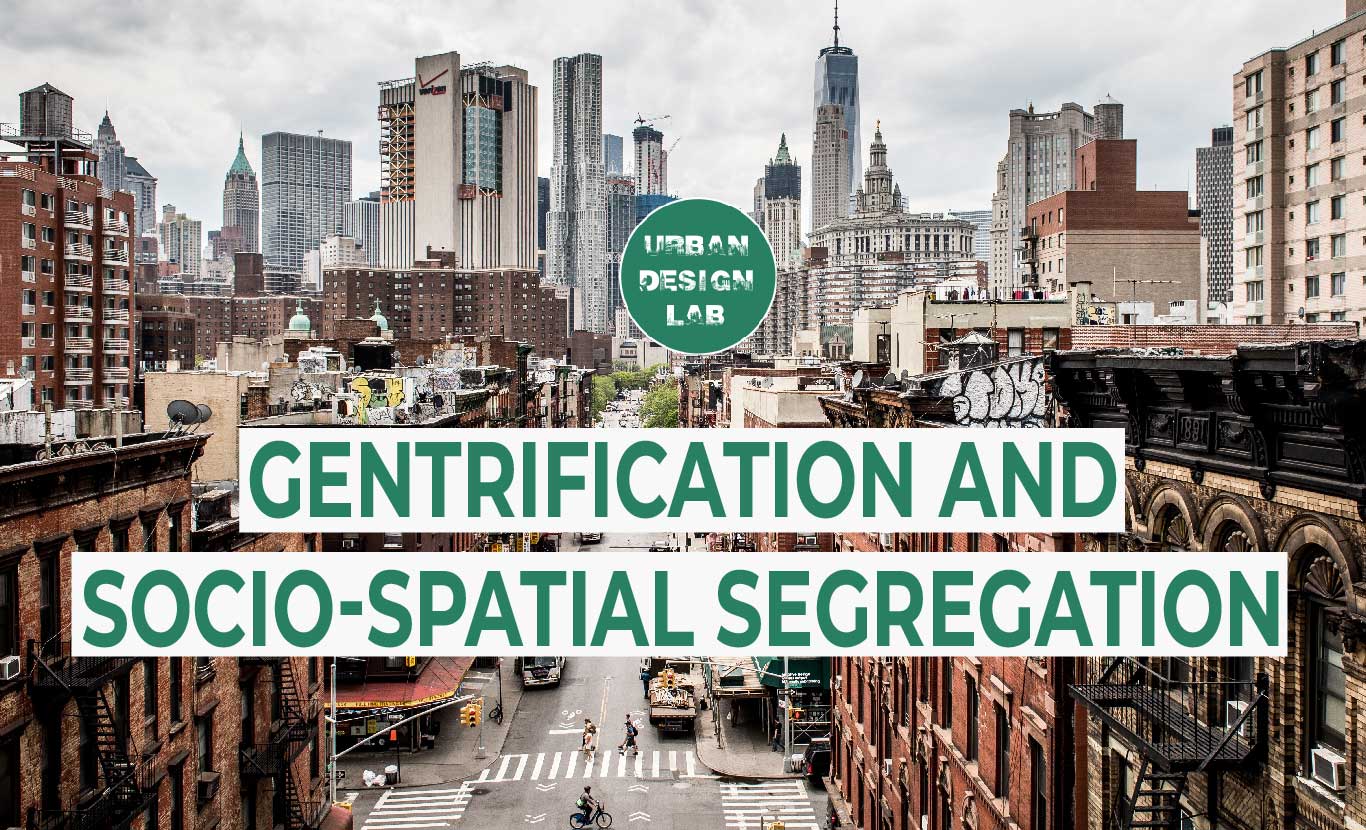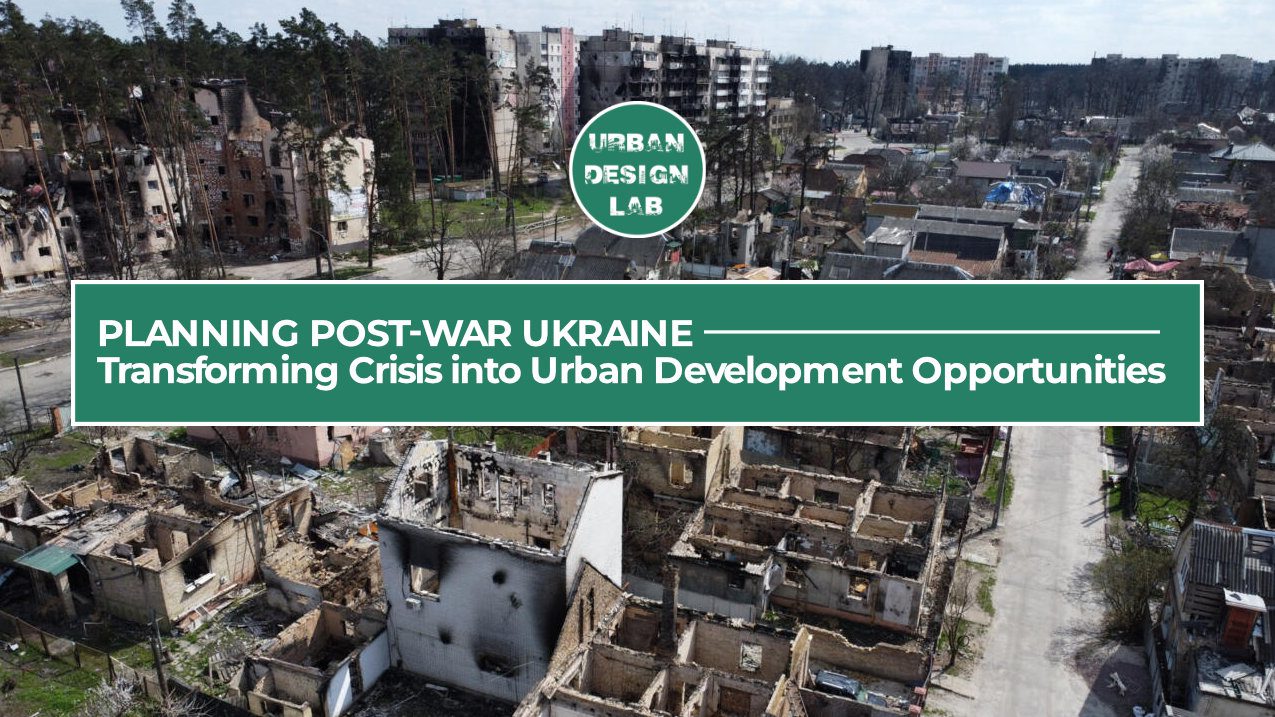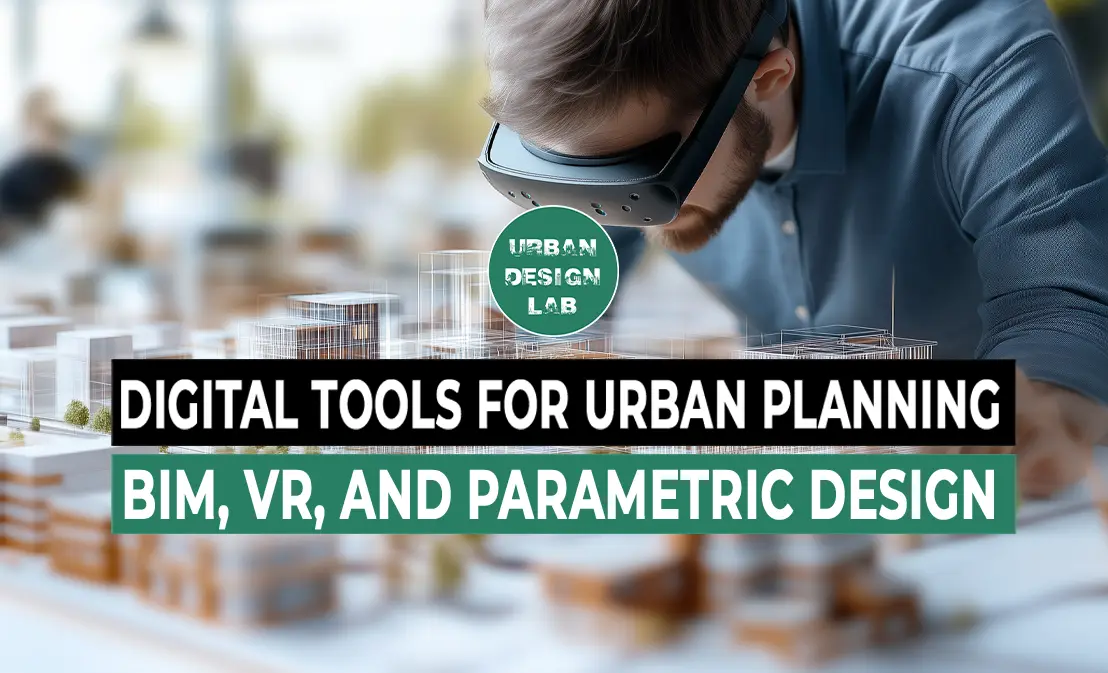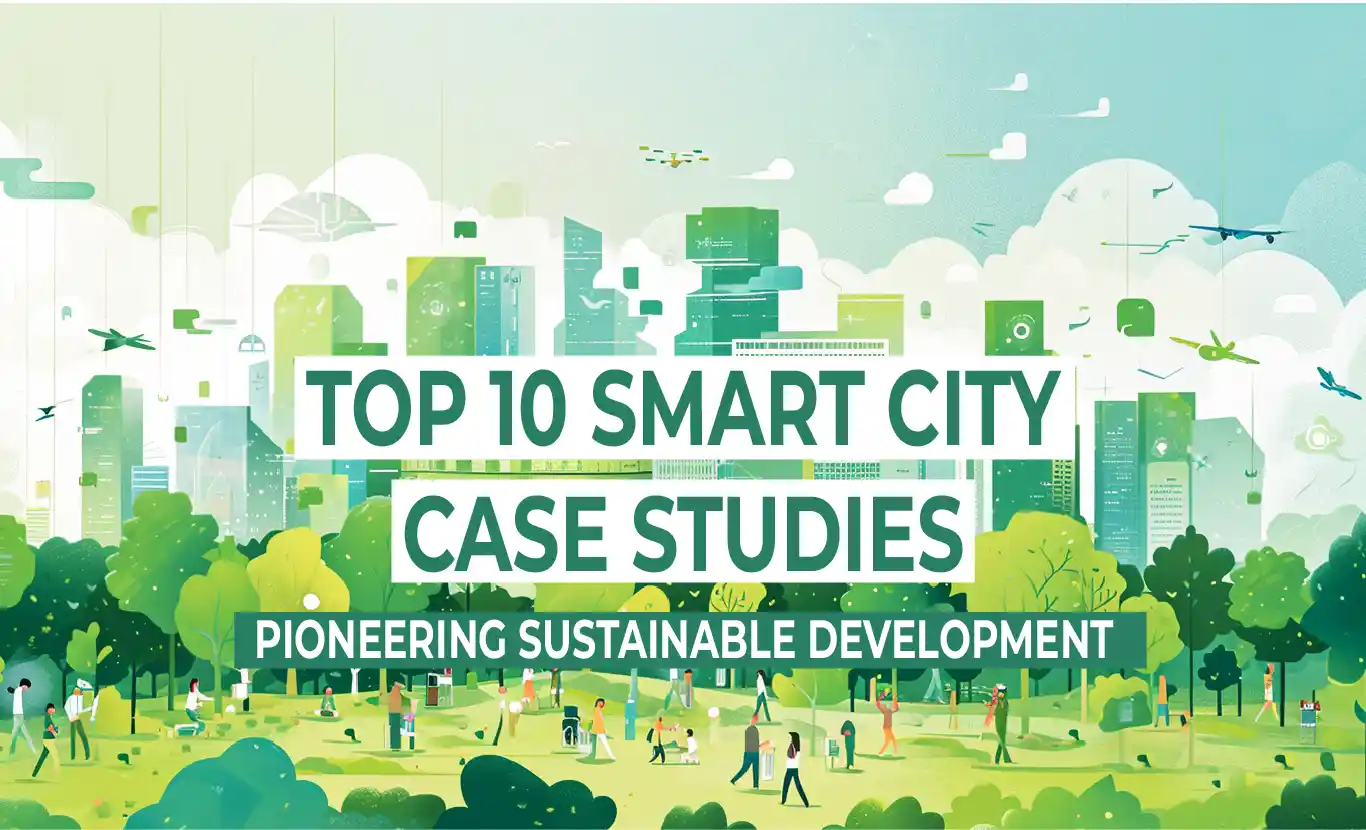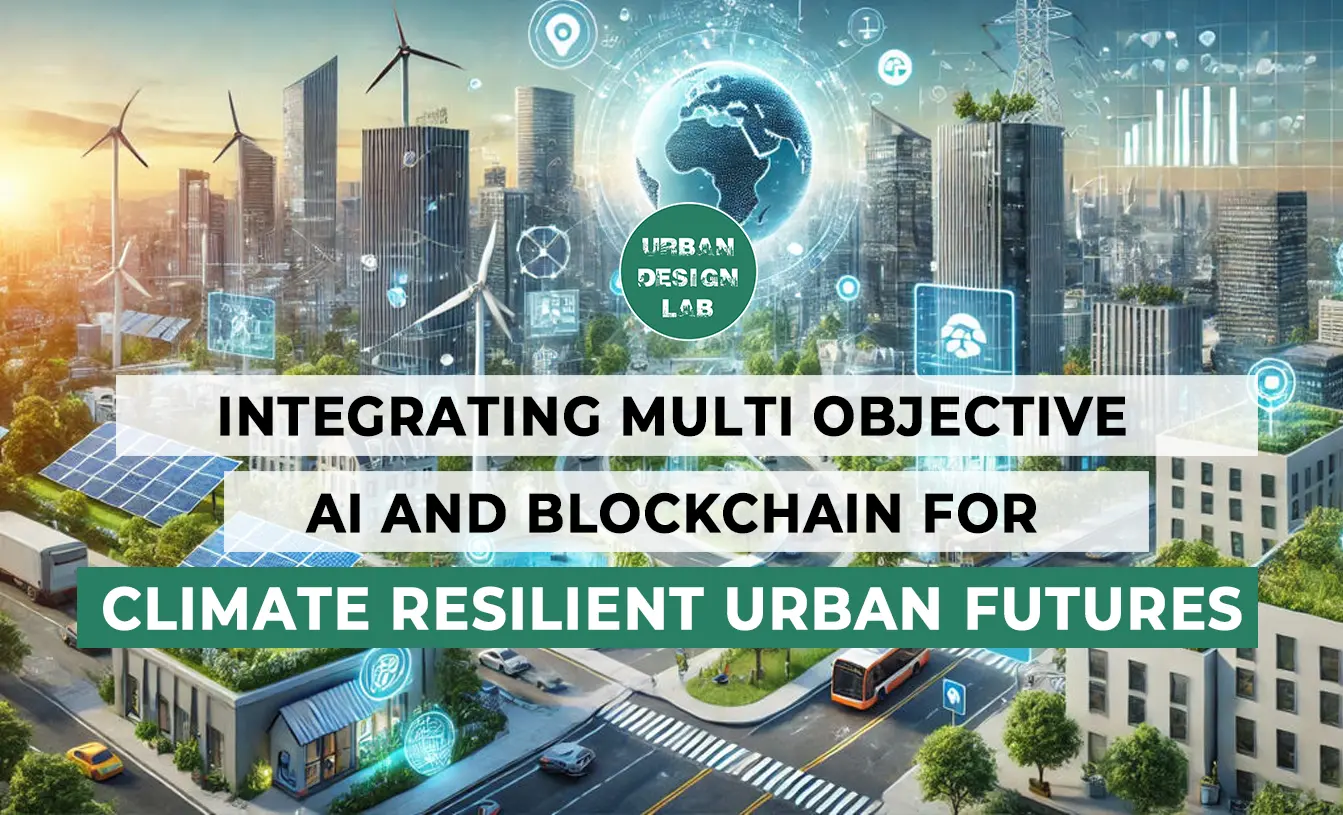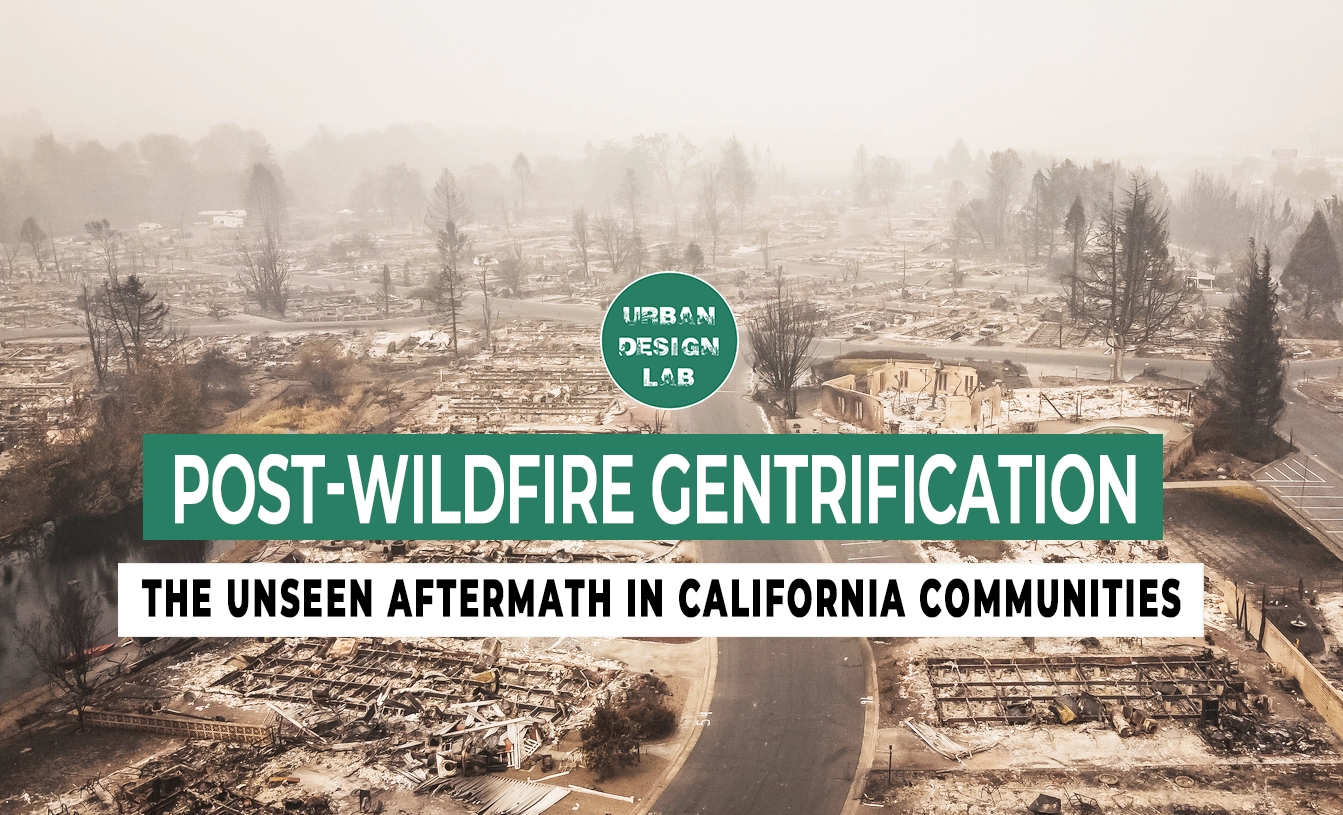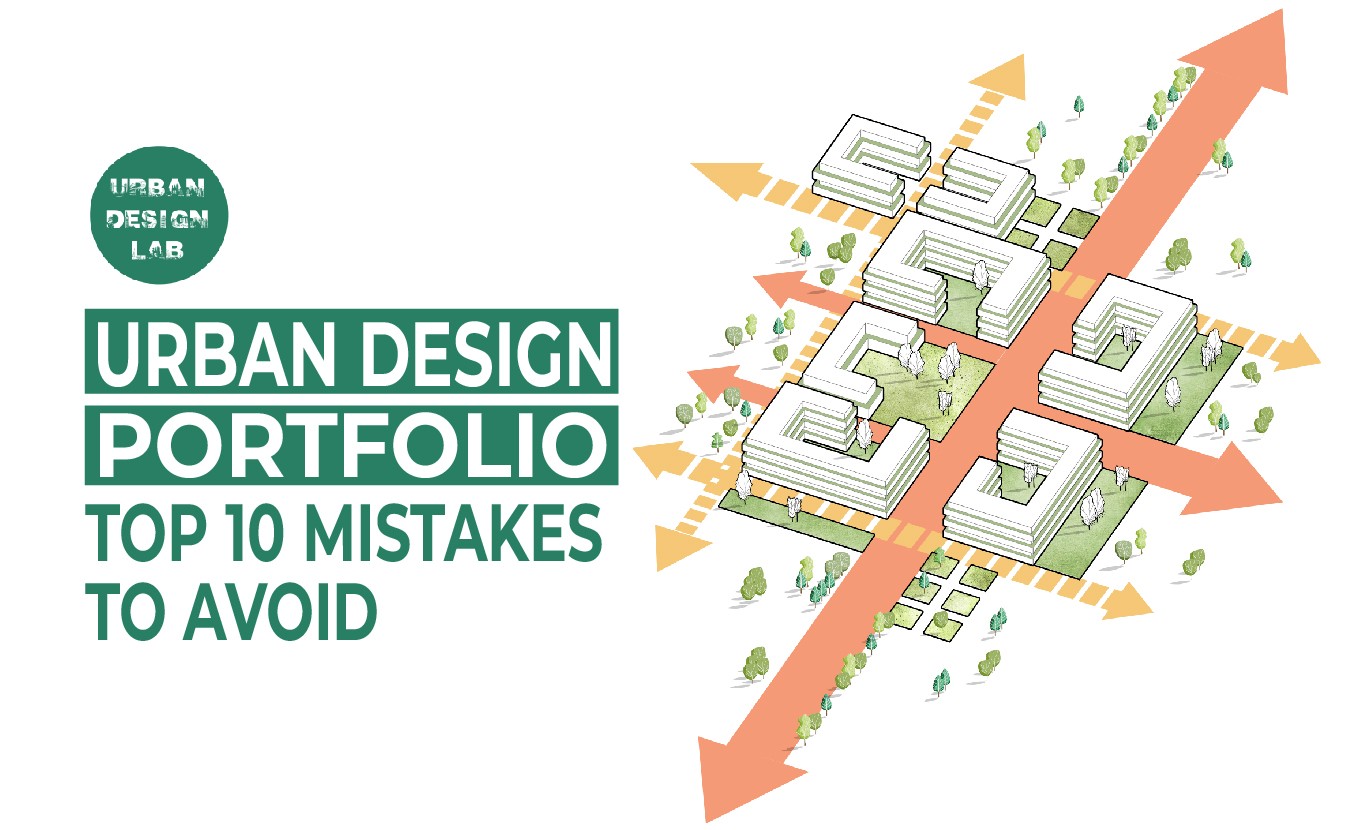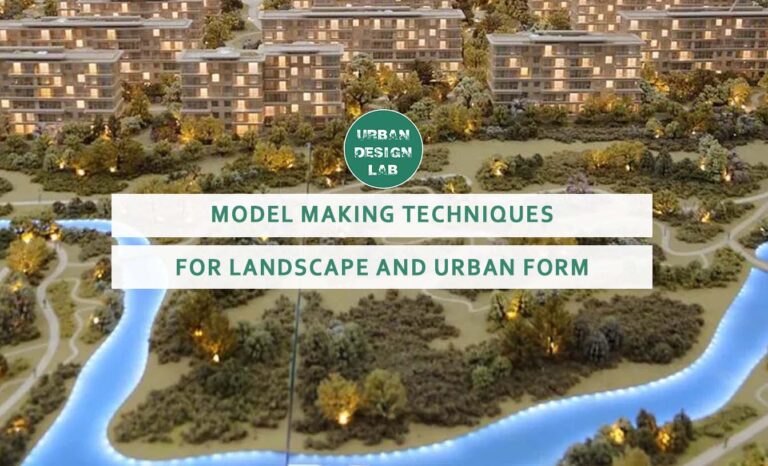
Smart City Trap: Are We Sacrificing Humanity for Efficiency?
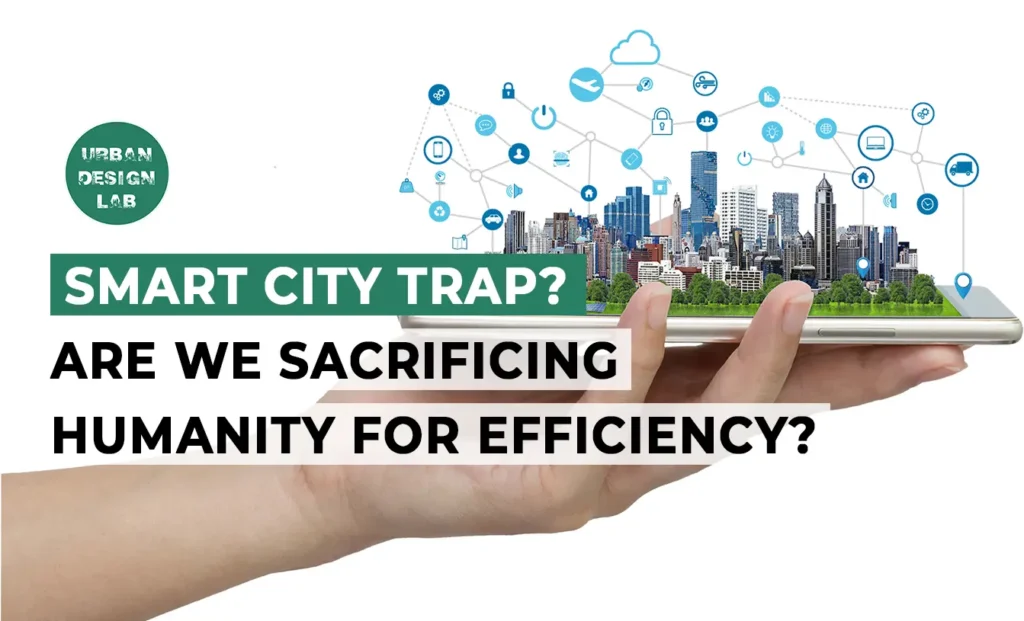
How many times have you heard the term “smart cities” presented as a solution to today’s pressing issues such as overpopulation, traffic congestion, high energy consumption, and environmental degradation? At first glance, smart cities indeed seem like technological advancement that can offer better living standards, more sustainable urban development, and improved lifestyles. However, with ongoing technological evolution and the growing implementation of smart city models, we must ask: As our interactions increasingly rely on machines and human connection diminishes, are we at risk of losing our humanity?
In this article, we will explore examples of smart cities and consider how we can make them more humane.
The Importance of Smart Cities
Cities consume between 60% and 80% of the world’s energy, in addition to accounting for 70% of carbon emissions. With increasing urban expansion and environmental problems, the world is striving to find solutions by designing smart cities globally. These cities harness technological solutions to improve and increase the efficiency of residents’ lives by reducing water pollution, energy consumption, and congestion. They provide solutions ranging from energy saving and simplifying procedures to combating pollution and maintaining public safety. The results have enabled the automation of repetitive tasks, such as automated devices, smart buildings, and smart transportation systems. For technology to be truly effective, there must be a transparent, equal, and effective interaction among citizens.
Dimensions of Smart Cities
- Smart Economy drives innovation and sustainable growth.
- Smart Environment reduces pollution and manages resources efficiently.
- Smart People foster education, creativity, and participation.
- Smart Living enhances daily life through better services.
- Smart Mobility ensures sustainable, efficient transport.
- Smart Government delivers transparent, tech-driven public service
The primary goal of smart cities is to create sustainable, efficient, and livable urban environments for their residents. But are these smart cities truly livable now, or are their inhabitants lost in emotional emptiness, alienation, and feelings of loneliness?
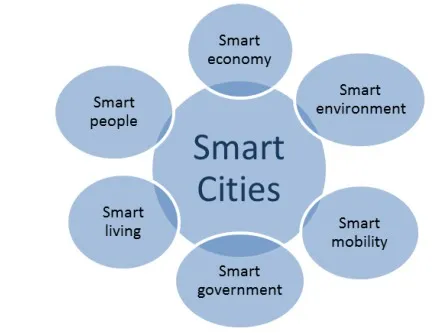
The Negative Impacts of Smart Cities
Despite the undeniable benefits of smart cities—such as sustainability, energy efficiency, and environmental preservation—we cannot ignore the negative human consequences that may arise from all this modernity and efficiency. These include mental health issues, feelings of isolation, and even heart diseases.
Mental Health Effects: Increased machine interaction and reduced human connection can lead to depression and anxiety. In fact, studies show a 21% rise in anxiety disorders possibly due to the lack of social engagement.
Physical Health Risks: The rise in automation can lead to a sedentary lifestyle, which increases the risk of cardiovascular and respiratory diseases due to reduced physical activity.
Privacy Concerns: Constant surveillance and data collection can lead to anxiety and loss of trust. It is crucial to prioritize data privacy and ensure that citizens have control over their personal information.
The Culture of Constant Connectivity: Smart cities often encourage continuous digital connectivity, which can heighten stress and anxiety especially among younger generations.
All these issues can affect human life in a technology-dominated world. Despite the noble intentions behind this modernity, if we fail to maintain a balance between technology and human interaction, we risk creating cities that are efficient but emotionally barren
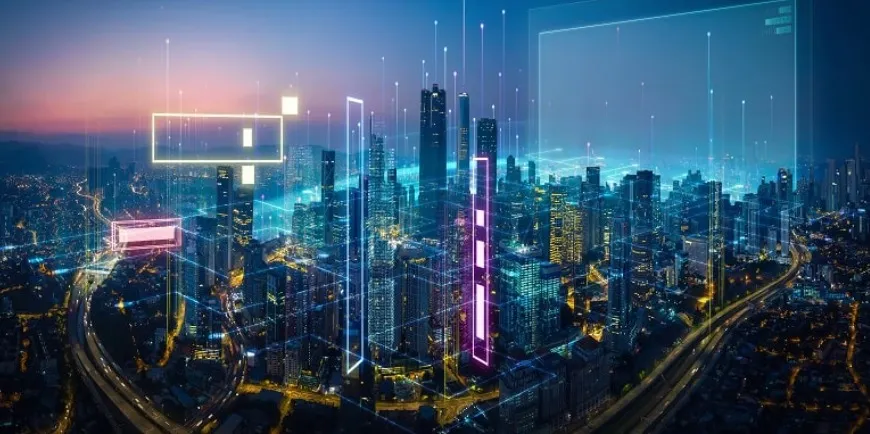
Source: Website Link
Case Study 1 -Songdo City, South Korea
Built entirely from scratch on a 1,500-acre site, in South Korea was envisioned as a model for the smart cities of the future. It features a fully integrated smart infrastructure designed to optimize energy consumption and waste management, promoting sustainable transport and efficient urban living.
Despite its reputation as a pioneering “smart city,” many residents and visitors describe Songdo as a city without a soul. Its futuristic and meticulously planned design lacks the organic history and cultural identity typically found in older cities. This absence of local heritage has led to a disconnection between the residents and their urban environment, contributing to a sense of emotional detachment.
Moreover, the city’s low population density has resulted in a feeling of emptiness, further amplified by limited human interaction and sparse commercial activity. The heavy reliance on technology—from major services to minor daily tasks—has raised concerns about loss of privacy, as well as a growing unease over the lack of personal, human connections.
While Songdo has undeniably achieved impressive levels of efficiency and innovation, it highlights a critical truth: a truly livable city must also nourish the human spirit. Efficiency alone cannot replace the warmth of cultural identity, vibrant community life.
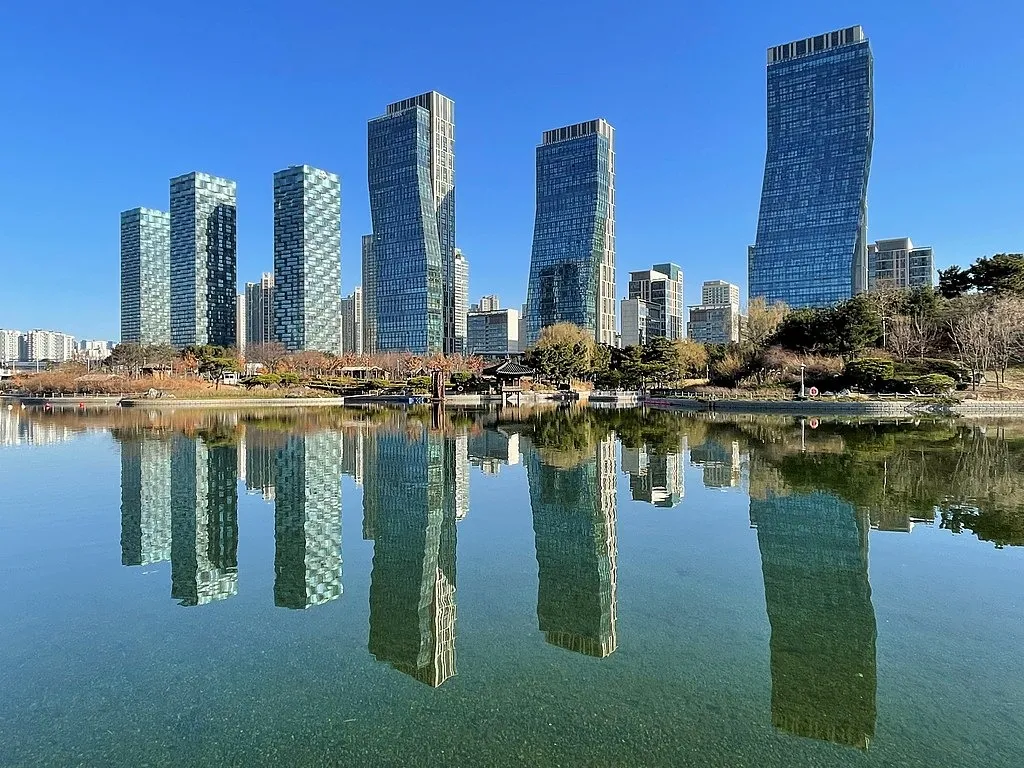
Case Study 2 - Copenhagen, Denmark
unlike cities built from the ground up with smart technologies, Copenhagen evolved gradually into a smart city through a cooperative governance model. This collaborative approach earned it the title of Europe’s Green Capital, thanks to its integration of modern technologies such as air and water quality monitoring, energy efficiency systems, traffic flow optimization, and urban planning enhancements.
What sets Copenhagen apart is not just its technological infrastructure, but the way it actively encourages human interaction and fosters community well-being. For example, the city strongly promotes cycling as a primary mode of transport, with dedicated bike lanes and supportive infrastructure throughout the urban landscape. This has led to healthier lifestyles, reduced emissions, and a more connected population.
Importantly, these developments were not imposed top-down—they occurred gradually through transparent collaboration between local authorities, citizens, and private companies. This participatory model strengthened the sense of place, deepened civic identity, and instilled a strong sense of environmental and social responsibility among residents.
Copenhagen offers a clear and inspiring model of a smart city that doesn’t sacrifice its humanity. It demonstrates that technological efficiency can be achieved alongside local identity, community engagement, and human-centered urban life.
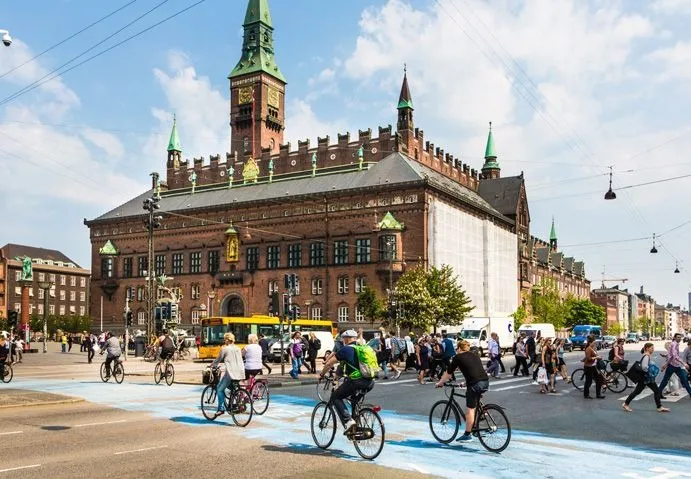
Designing Human-Centered Smart Cities
To create smart cities that support interactive, meaningful human life—without sacrificing our sense of humanity, certain foundational principles must guide their design and development:
Social Participation: Encouraging active collaboration between citizens and governments in decision-making processes fosters a deeper sense of responsibility toward the environment and city life. More importantly, it strengthens community belonging and civic identity.
Data Transparency and Privacy: To protect citizens from feeling surveilled or vulnerable, cities must implement robust systems that safeguard personal data and ensure transparency in how information is collected and used.
Social Justice and Digital Inclusion: Bridging the digital divide is essential to ensure equal access to technology, promoting fairness and preventing technological inequality.
Supportive Public Policies: Governments must prioritize decisions that directly improve residents’ well-being—such as promoting cycling, expanding green spaces, and supporting healthy, active lifestyles.
Human-Technology Balance: Technology should enhance—not replace—the human experience. There must always be space for genuine human interaction, ensuring that efficiency does not come at the cost of emotional and social connection.

Conclusion
Smart cities hold incredible promises offering innovative solutions to some of the world’s most urgent challenges, from climate change to urban overcrowding. Yet, as we move forward, we must not lose sight of what makes a city truly livable: its people. Efficiency, sustainability, and technology are vital, but they must serve not to replace the human experience.
Through examples like Songdo’s emptiness and Copenhagen’s community-driven model, we learn that smart cities must strike a balance between innovation and inclusion, between automation and emotion. A truly smart city is not just wired with sensors and algorithms it listens, adapts, and connects with its citizens on a human level.
The future of urban living lies not in choosing between humanity and technology, but in integrating them thoughtfully, creating cities that are not only smart, but also soulful.
References
- https://www.sustaineurope.com/clean-denmark-s-paramount-clean-cluster-21072017.html
- https://www.hec.edu/sites/default/files/documents/Copenhagen-Smartcities-the-sustainable-program-six-leading-cities-soreport-2021-2%5B4%5D.pdf
- https://www.kpf.com/project/new-songdo-city
- https://infomineo.com/technology-telecommunication/smart-cities-futuristic-utopia-or-achievable-vision-for-tomorrow/
- https://idj.journals.ekb.eg/article_334387_7e32642c17b1db93c5e3c1815bdcba42.pdf
- https://unosd.un.org/sites/unosd.un.org/files/session_10-3_mr._kazushige_endo.pdf
- https://pmc.ncbi.nlm.nih.gov/articles/PMC10047202/#B1-diagnostics-13-01082

Malak Ehap Abdelbary
About the author
Malak is an architecture student at Helwan University, passionate about architecture and design. She focuses her projects on sustainable design and socially impactful solutions. Her academic research seeks to explore architecture beyond space and time, uncovering the meaning behind form. She seeks to apply research-based methodologies in both architectural design and construction processes.
Related articles
UDL Illustrator
Masterclass
Visualising Urban and Architecture Diagrams
Session Dates
17th-18th January 2026

Urban Design Lab
Be the part of our Network
Stay updated on workshops, design tools, and calls for collaboration
Curating the best graduate thesis project globally!

Free E-Book
From thesis to Portfolio
A Guide to Convert Academic Work into a Professional Portfolio”
Recent Posts
- Article Posted:
- Article Posted:
- Article Posted:
- Article Posted:
- Article Posted:
- Article Posted:
- Article Posted:
- Article Posted:
- Article Posted:
Sign up for our Newsletter
“Let’s explore the new avenues of Urban environment together “
